2012 | Retrospective
A German-Russian Film Experiment
In an informative interview, Rainer Rother previews the Retrospective at the 2012 Berlinale. And he not only talks about Mezhrabpom (the German-Russian film studio), exciting film discoveries and the main actors, but also discusses the joys of experimenting, as well as the pioneering work at the Dream Factory, which has almost faded from memory.
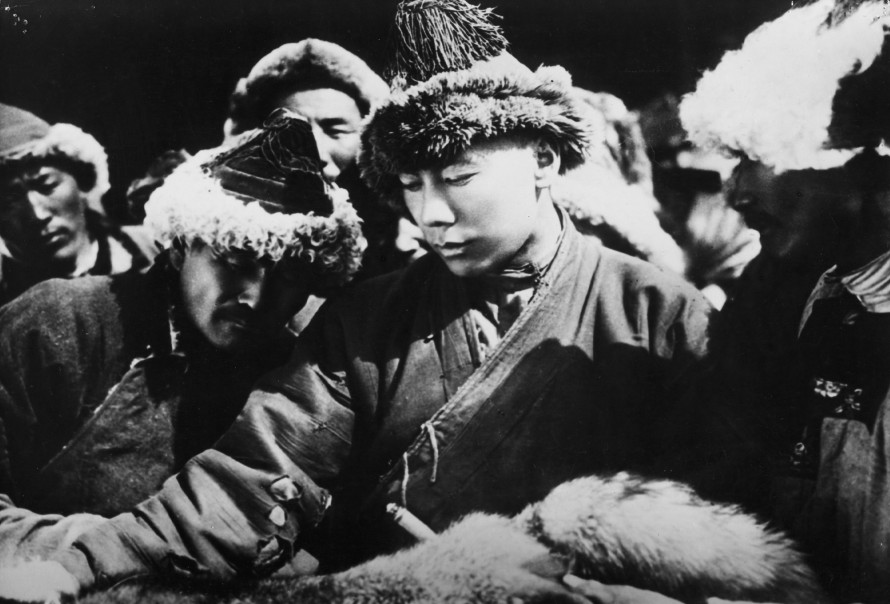
Film stills from the 2012 Retrospective programme
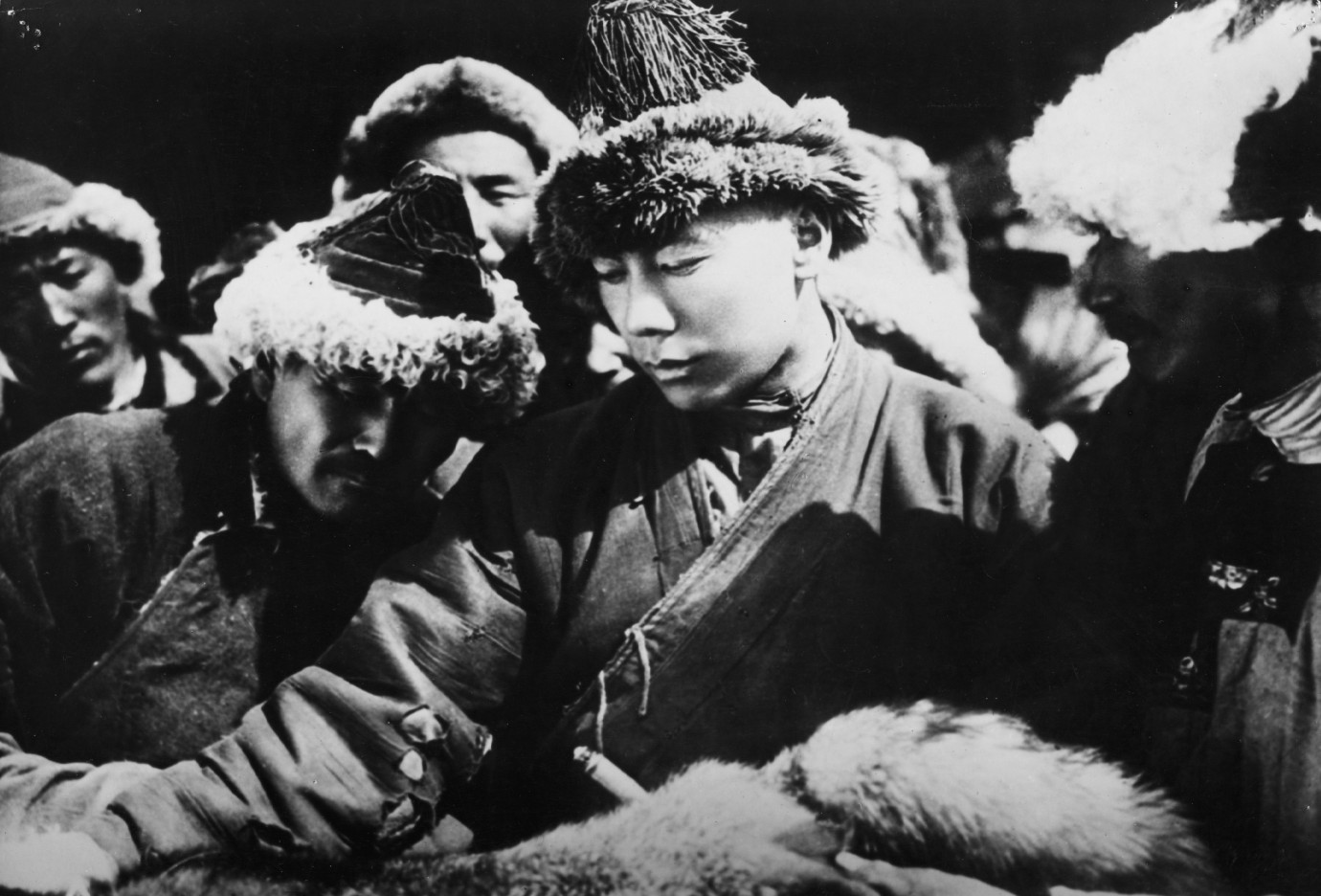
Waleri Inkischinjow
Potomok Tschingis-chana | Storm Over Asia | Sturm über Asien by Wsewolod Pudowkin
UdSSR 1929, Retrospective
Source: Deutsche Kinemathek

Ilse Trautschold, Gerhard Bienert
Mutter Krausens Fahrt ins Glück | Mother Krause’s Journey to Happiness by Phil Jutzi
DEU 1929, Retrospective
Source: Deutsche Kinemathek
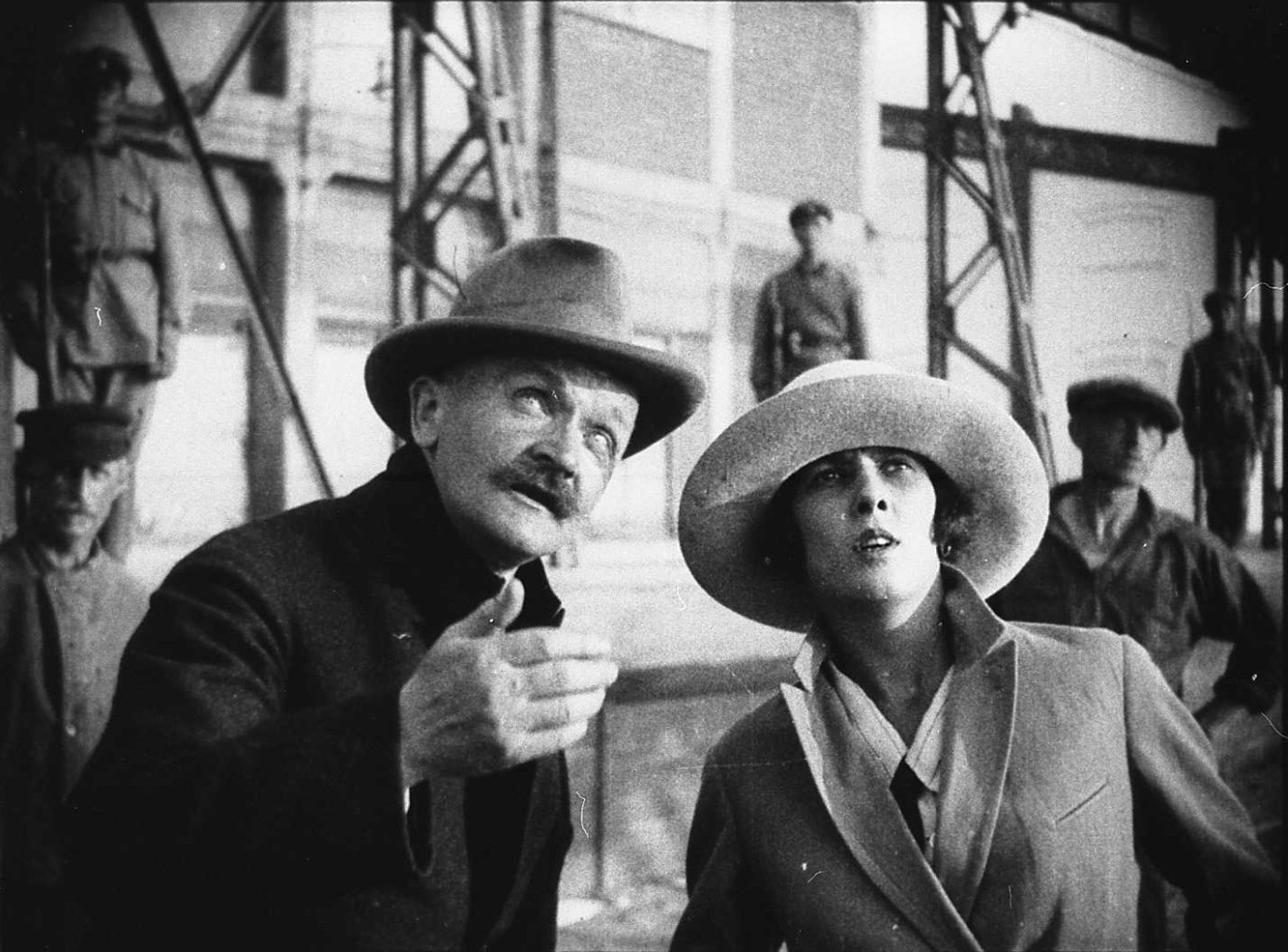
Sergej Komarow, Natalja Glan
Miss Mend (3) by Fjodor Ozep, Boris Barnet
UdSSR 1926, Retrospective
Source: Filmmuseum München/Gerhard Ullmann
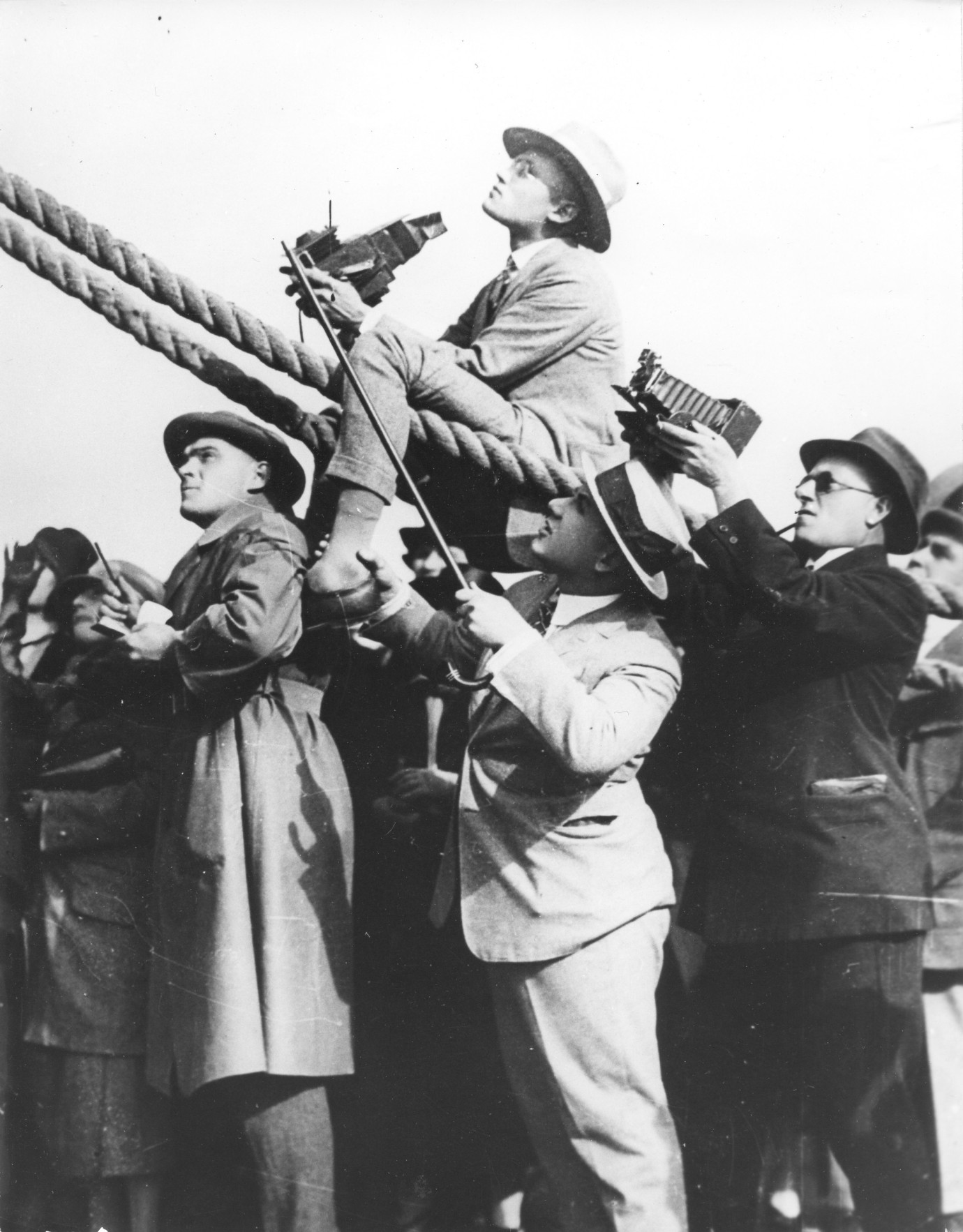
Boris Barnet (links | left), Wladimir Fogel (Mitte oben | middle top), Igor Iljinski (Mitte unten | middle bottom)
Miss Mend (3) by Fjodor Ozep, Boris Barnet
UdSSR 1926, Retrospective
Source: Musej Kino, Moskow
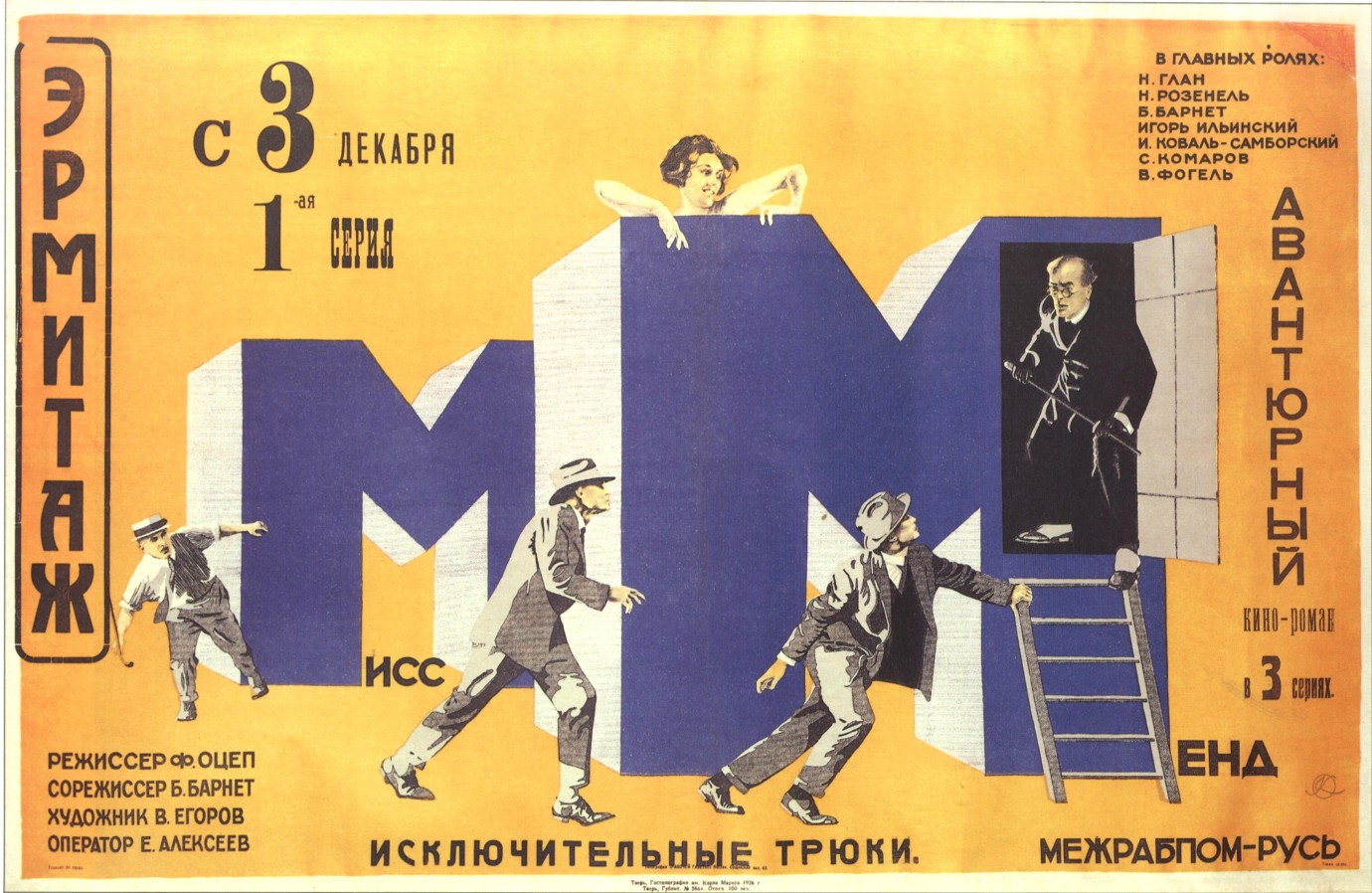
Grafik | Graphik: Wladimir Kaabak, 1926
Miss Mend (3) by Fjodor Ozep, Boris Barnet
UdSSR 1926, Retrospective
Source: Plakatsammlung Russische Staatsbibliothek, Moscow
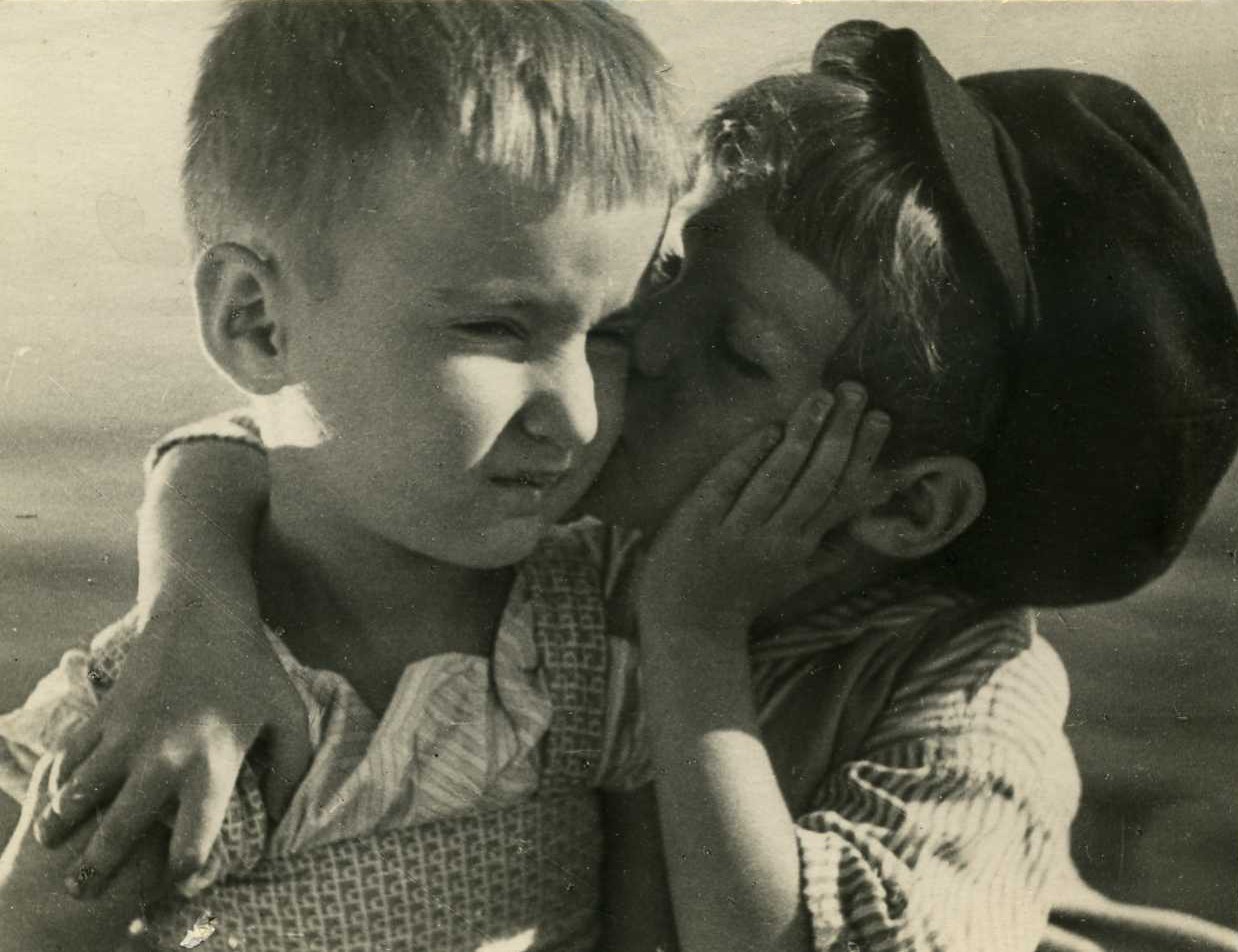
Rwanye baschmaki | Torn Shoes | Zerrissene Stiefelchen by Margarita Barskaja
UdSSR 1933, Retrospective
Source: Collection D. Barski, Moscow
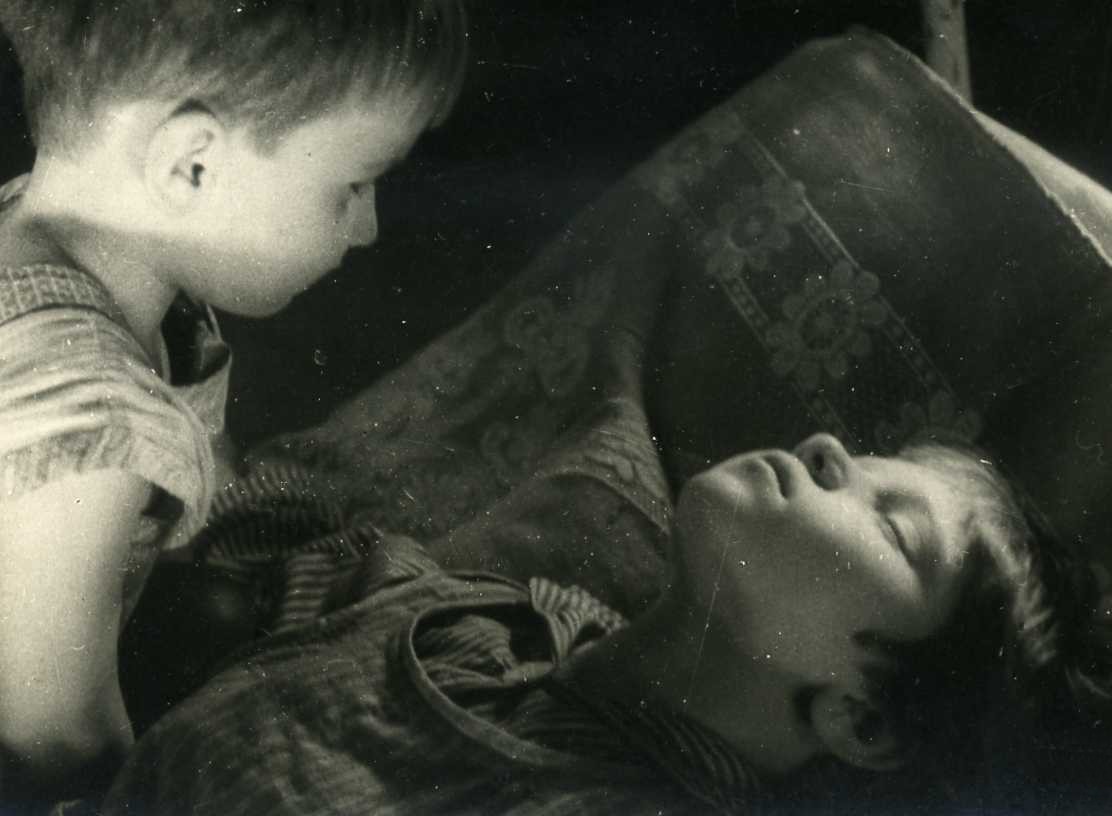
Rwanye baschmaki | Torn Shoes | Zerrissene Stiefelchen by Margarita Barskaja
UdSSR 1933, Retrospective
Source: Sammlung D. Barski, Moscow
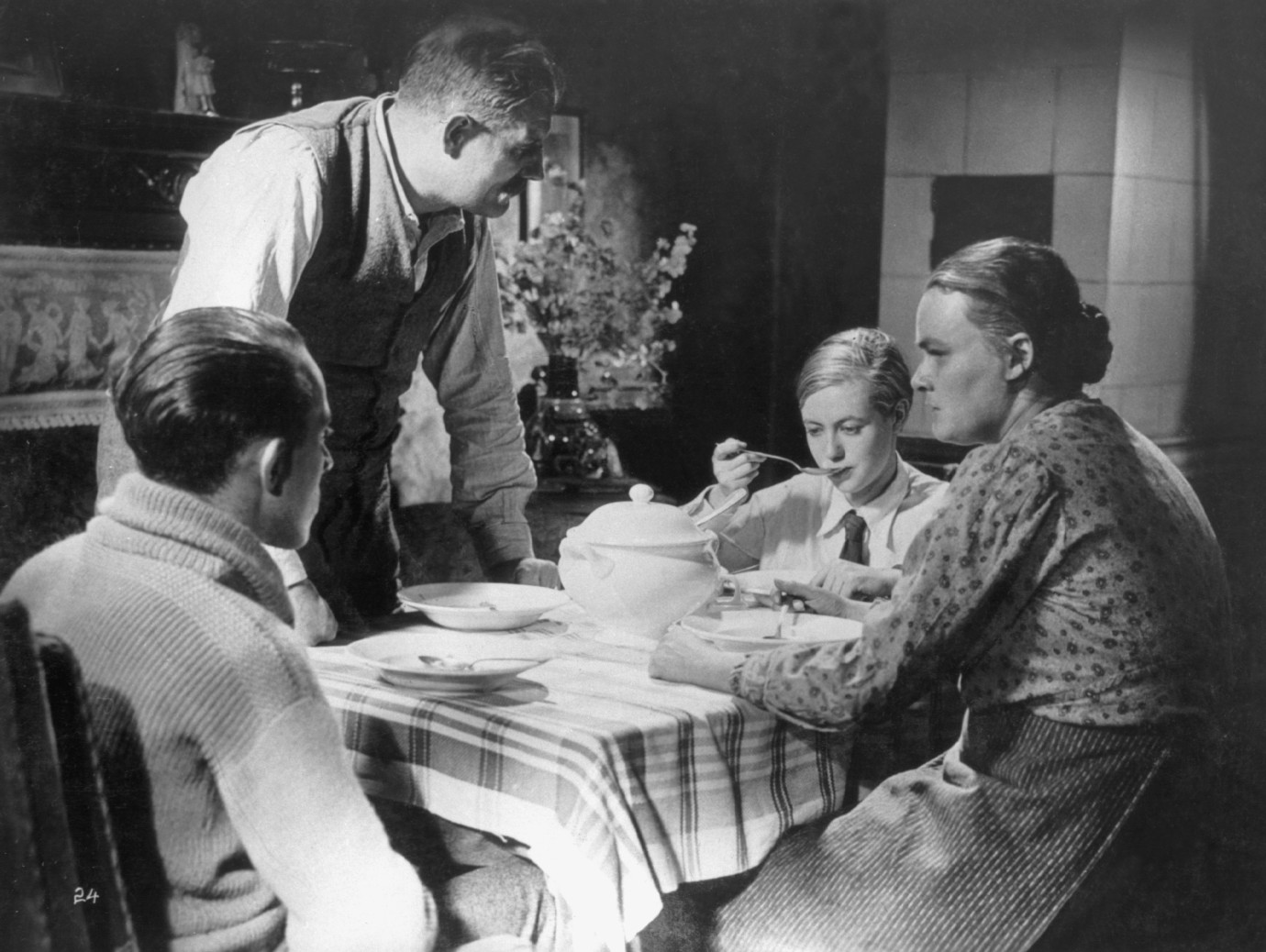
Alfred Schäfer, Max Sablotzki, Hertha Thiele, Lilli Schönborn
Kuhle Wampe oder Wem gehört die Welt? | Kuhle Wampe or Who Owns the World? by Slatan Dudow
DEU/CHE 1932, Retrospective
Source: Deutsche Kinemathek
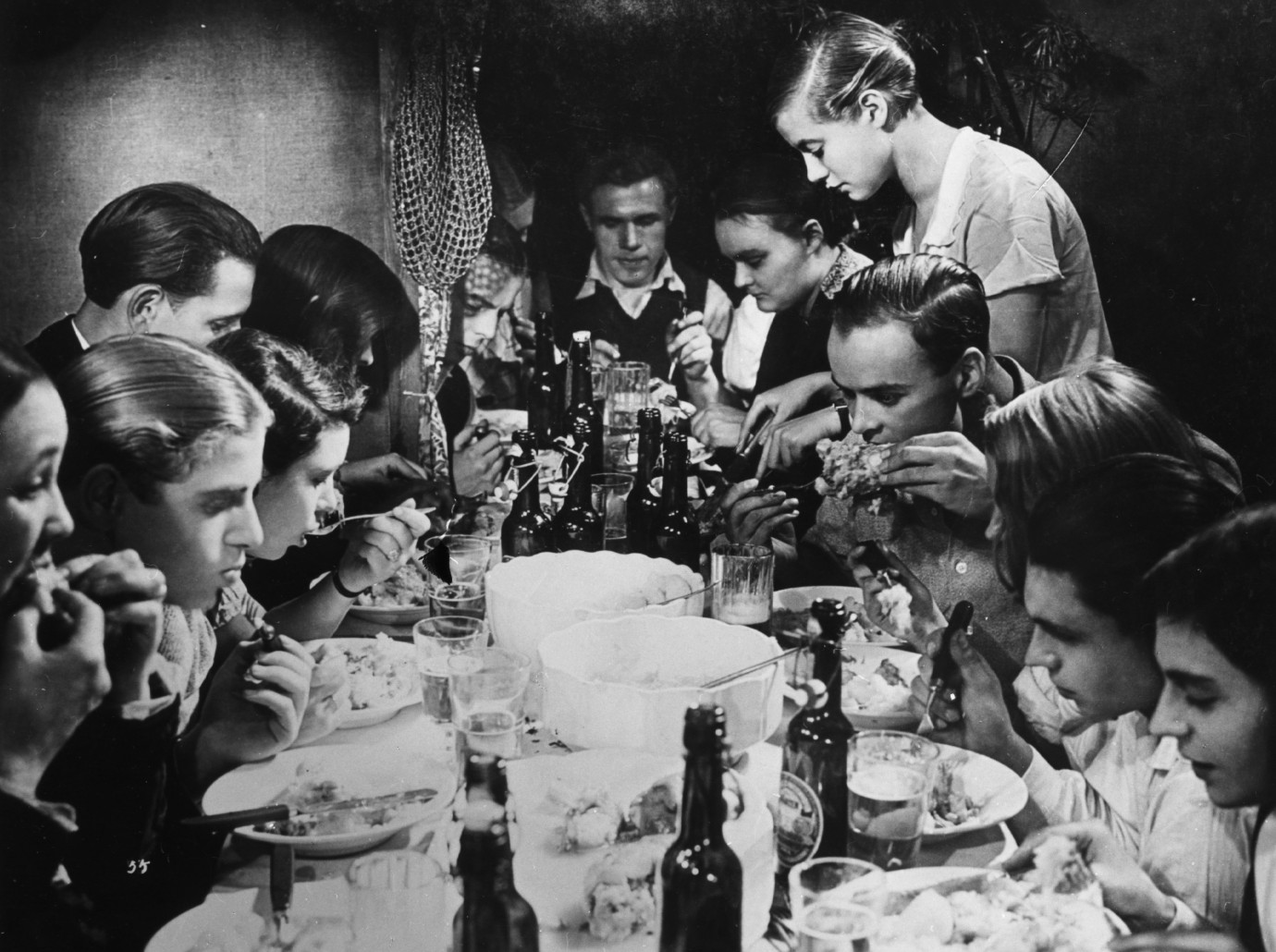
Hertha Thiele (stehend)
Kuhle Wampe oder Wem gehört die Welt? | Kuhle Wampe or Who Owns the World? by Slatan Dudow
DEU/CHE 1932, Retrospective
Source: Deutsche Kinemathek
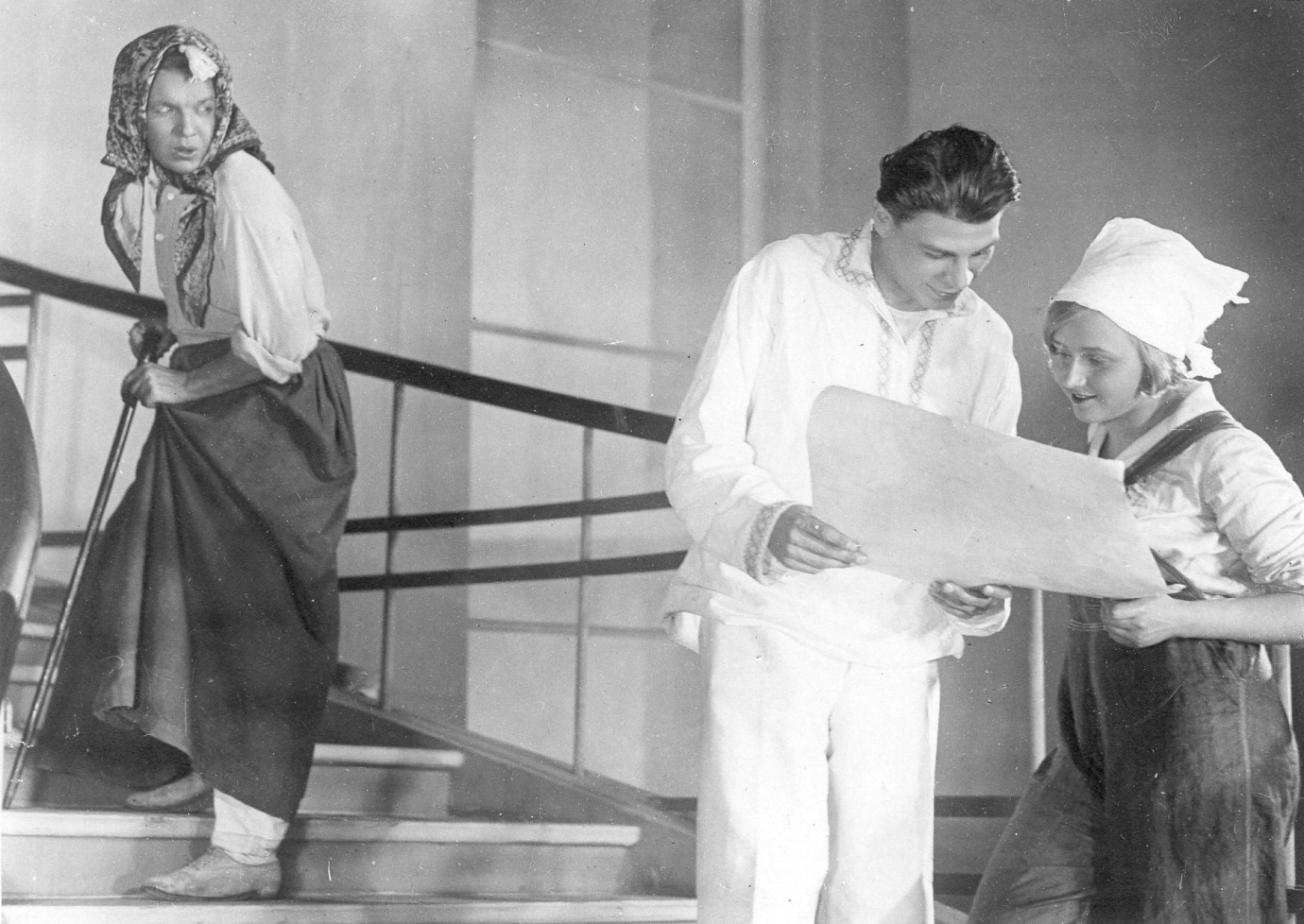
Pjotr Sawin (Mitte), Galina Paschkowa (rechts)
Slutschajnaja wstretscha | Accidental Meeting | Zufällige Begegnung by Igor Sawtschenko
UdSSR 1926, Retrospective
Source: Musej Kino, Moskow
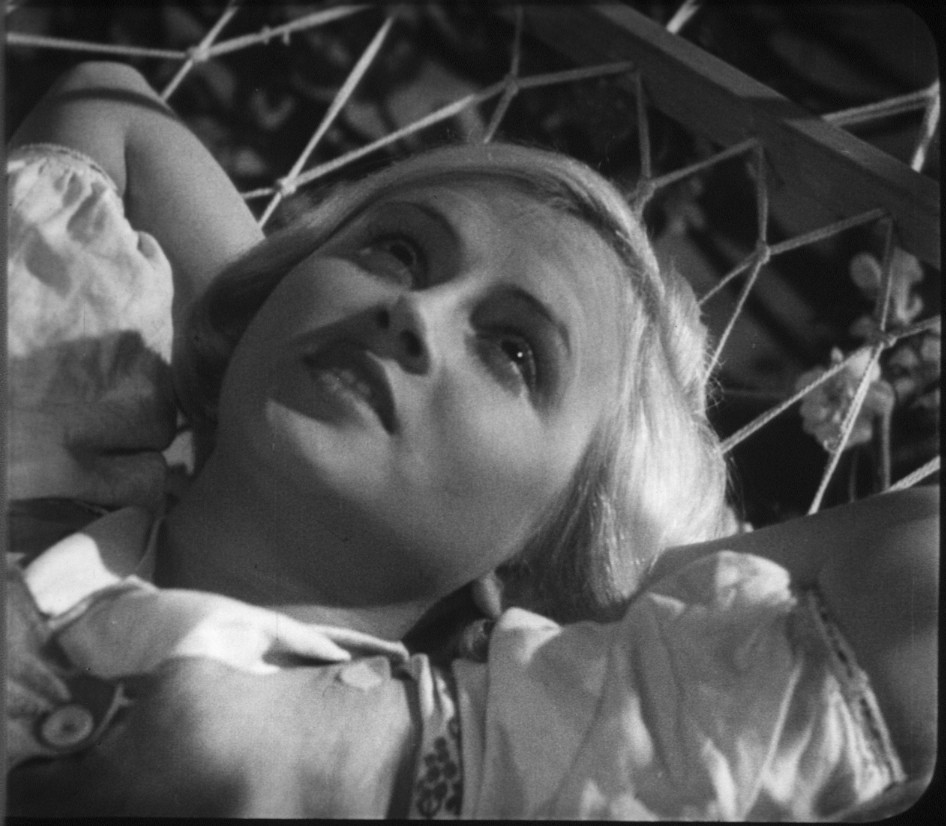
Galina Paschkowa
Slutschajnaja wstretscha | Accidental Meeting | Zufällige Begegnung by Igor Sawtschenko
UdSSR 1926, Retrospective
Source: Deutsche Kinemathek
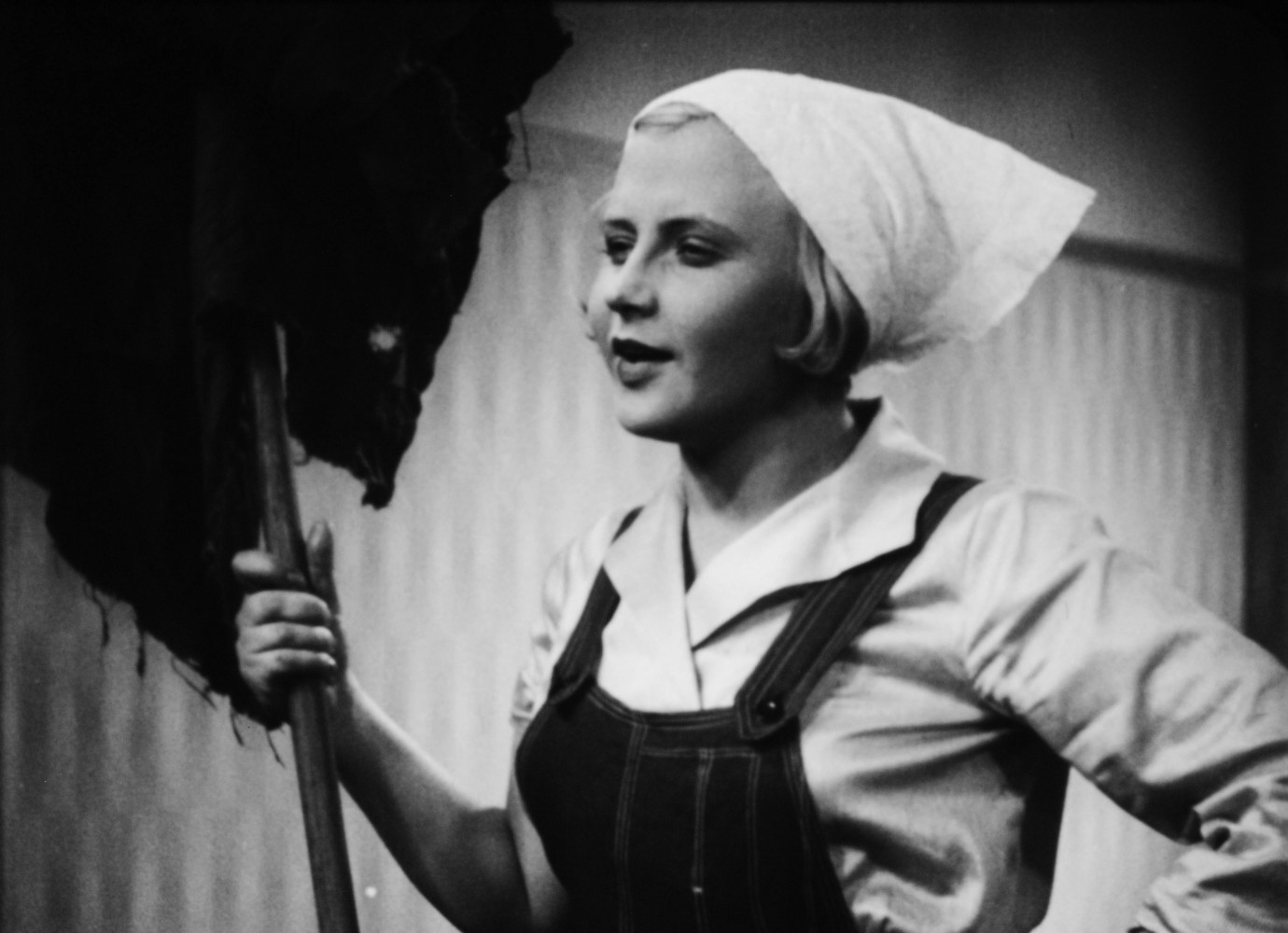
Galina Paschkowa
Slutschajnaja wstretscha | Accidental Meeting | Zufällige Begegnung by Igor Sawtschenko
UdSSR 1926, Retrospective
Source: Gosfilmofond of Russia
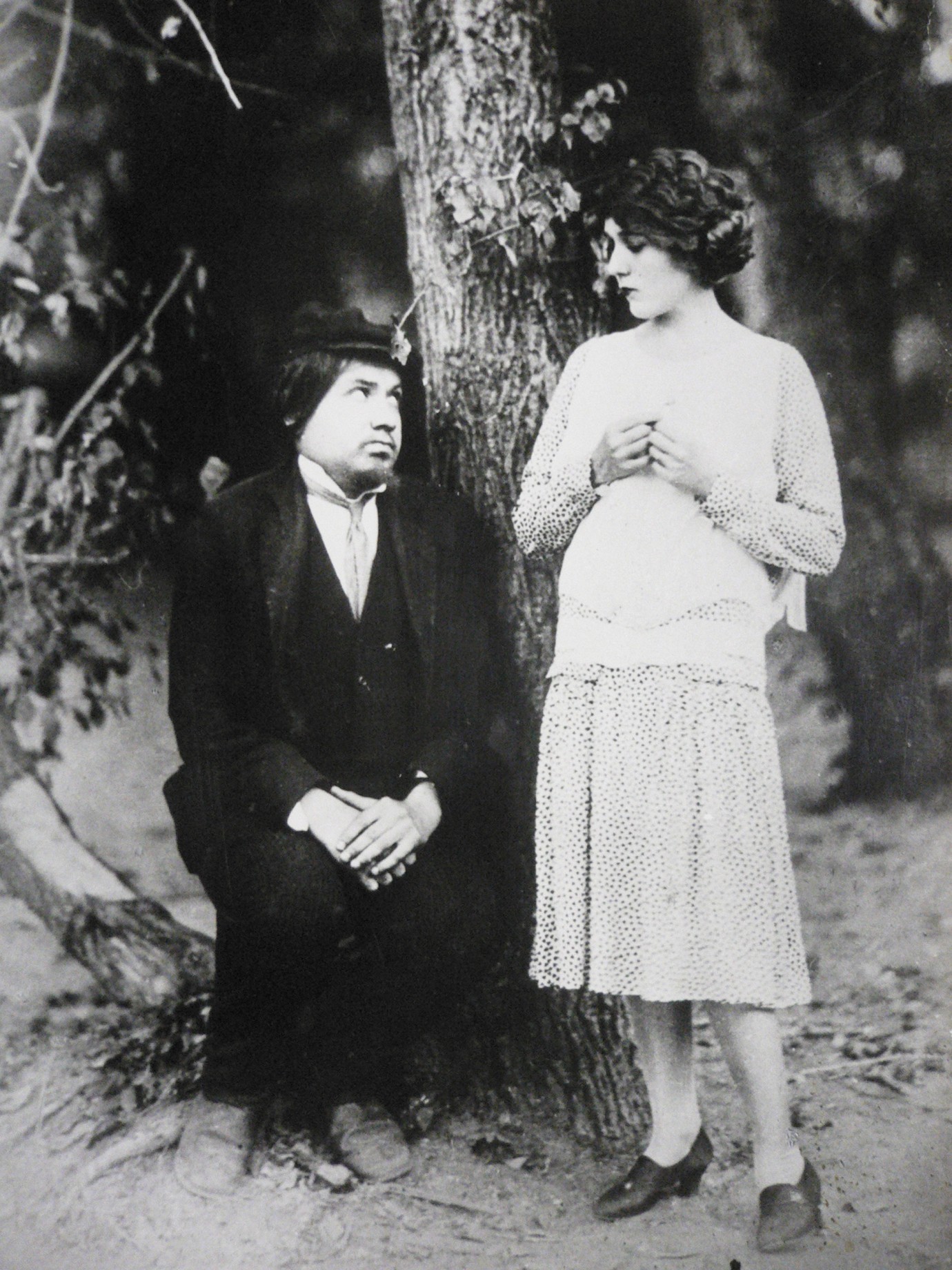
Igor Iljinski, Mary Pickford
Pozelui Meri Pikford | The Kiss of Mary Pickford | Moskau glaubt den Tränen nicht by Sergej Komarow
UdSSR 1927, Retrospective
Source: Musej Kino, Moskow
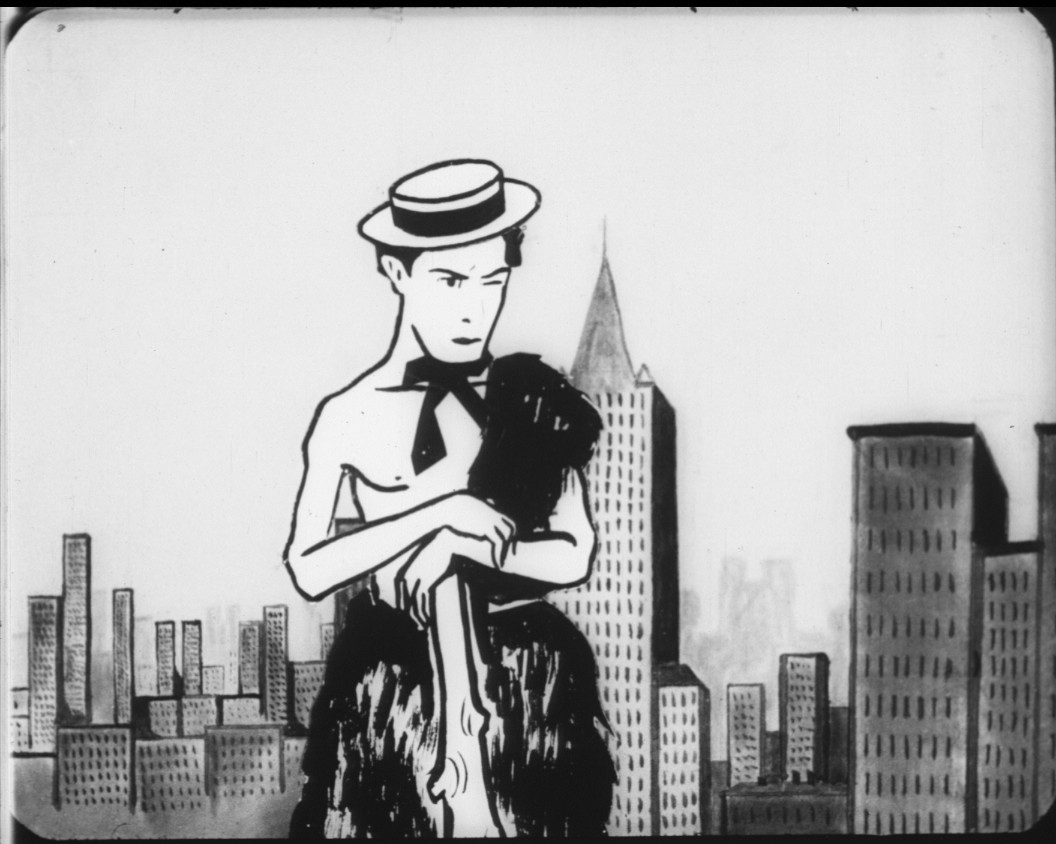
Odna is mnogich | One of Many | Eine von vielen by Nikolai Chodatajew
UdSSR 1927, Retrospective
Source: Deutsche Kinemathek
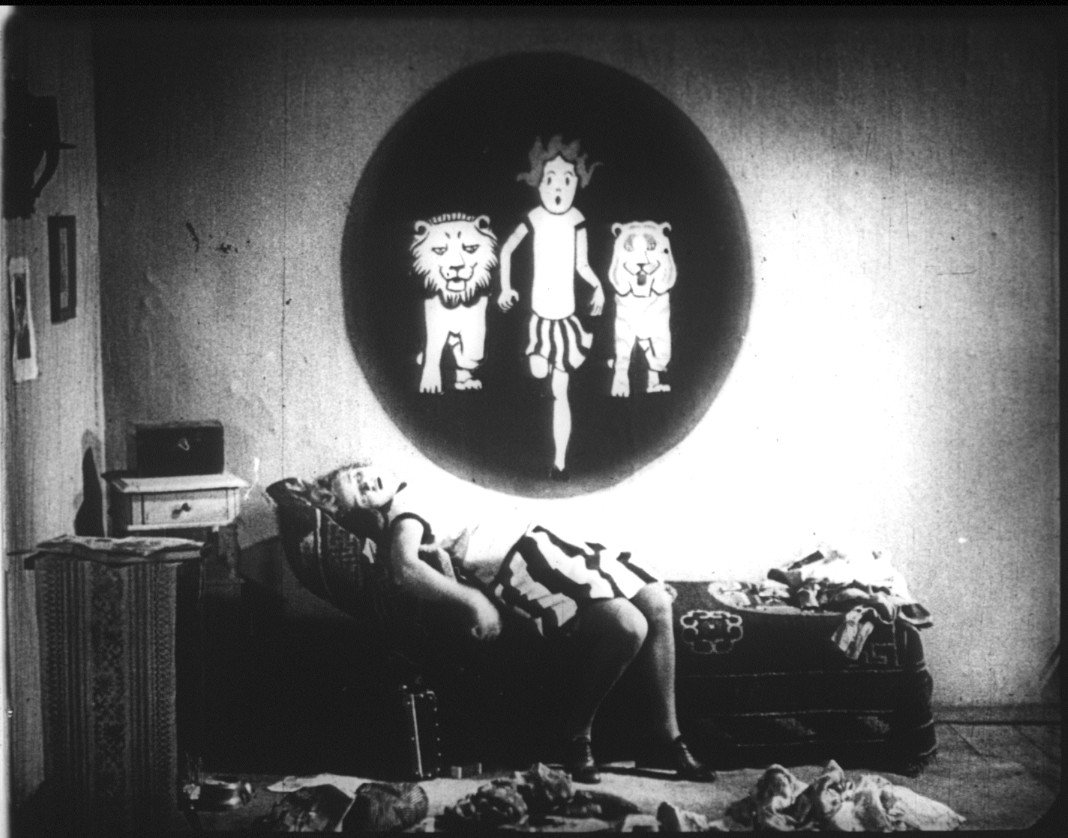
Odna is mnogich | One of Many | Eine von vielen by Nikolai Chodatajew
UdSSR 1927, Retrospective
Source: Deutsche Kinemathek
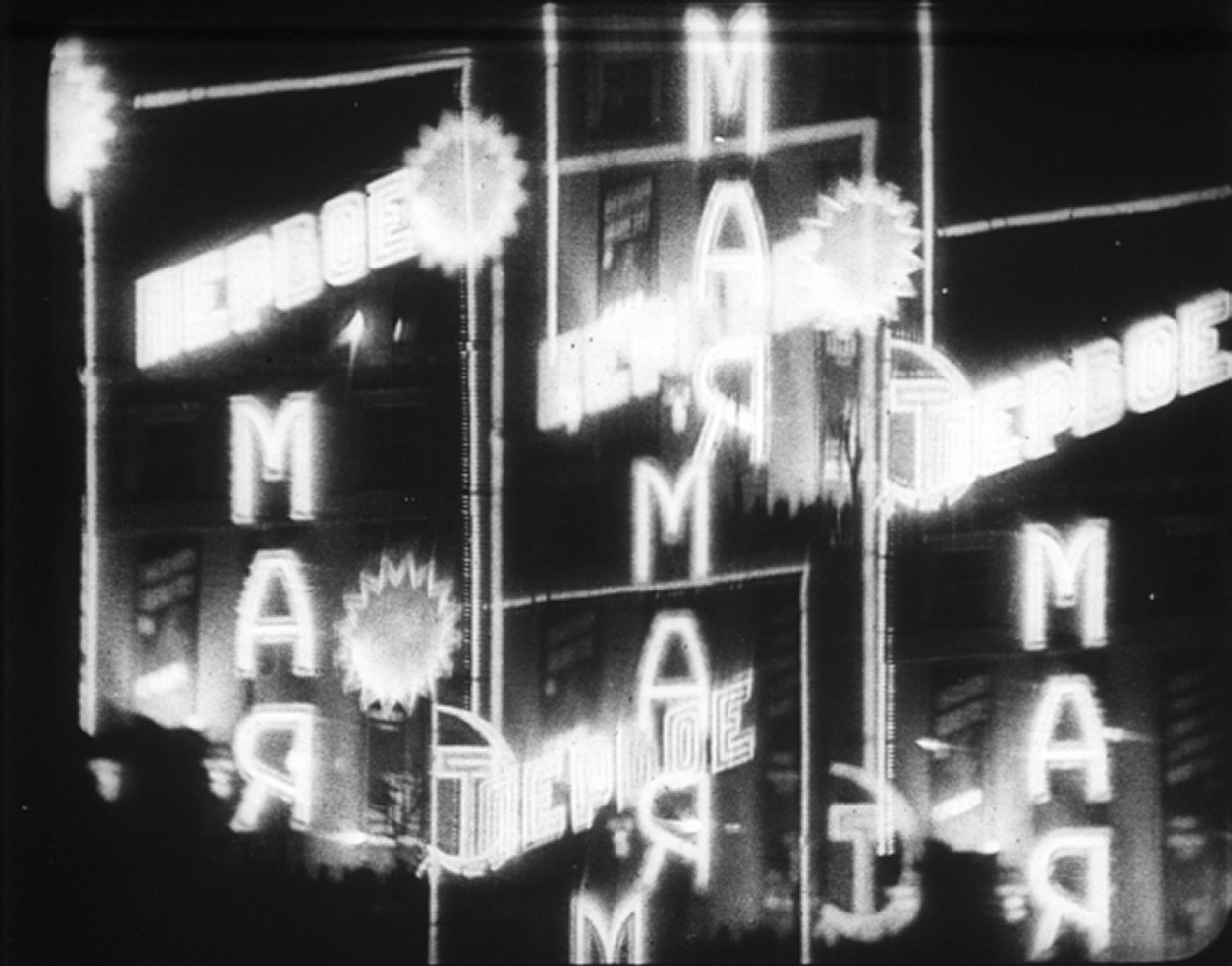
Sorok serdez | Forty Hearts | Vierzig Herzen by Lew Kuleschow
UdSSR 1931, Retrospective
Source: Deutsche Kinemathek
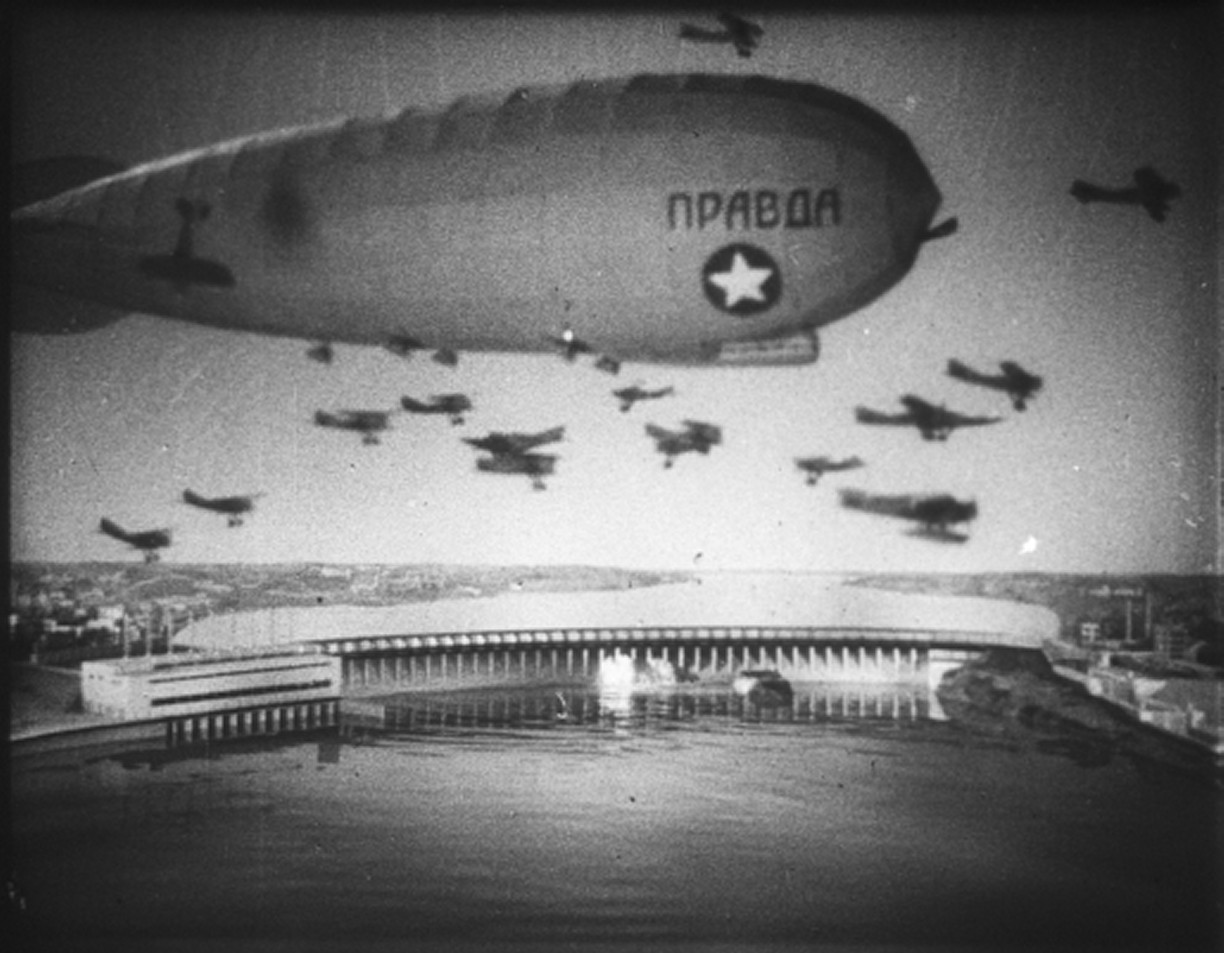
Sorok serdez | Forty Hearts | Vierzig Herzen by Lew Kuleschow
UdSSR 1931, Retrospective
Source: Deutsche Kinemathek
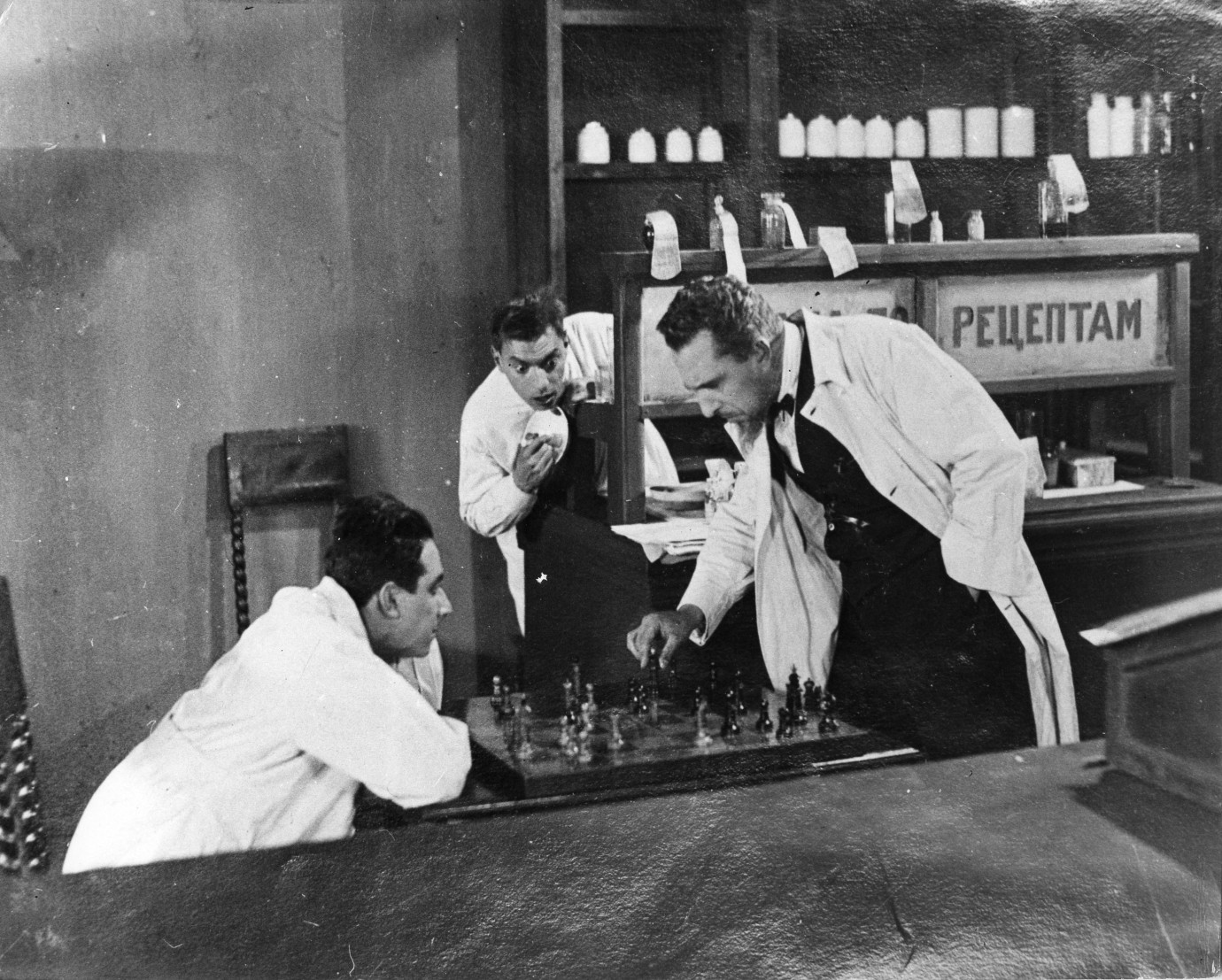
Juli Raisman (Mitte | middle), Jakow Protasanow (rechts | right)
Schachmatnaja gorjatschka | Chess Fever | Schachfieber by Wsewolod Pudowkin, Nikolai Schpikowski
UdSSR 1925, Retrospective
Source: Musej Kino, Moscow
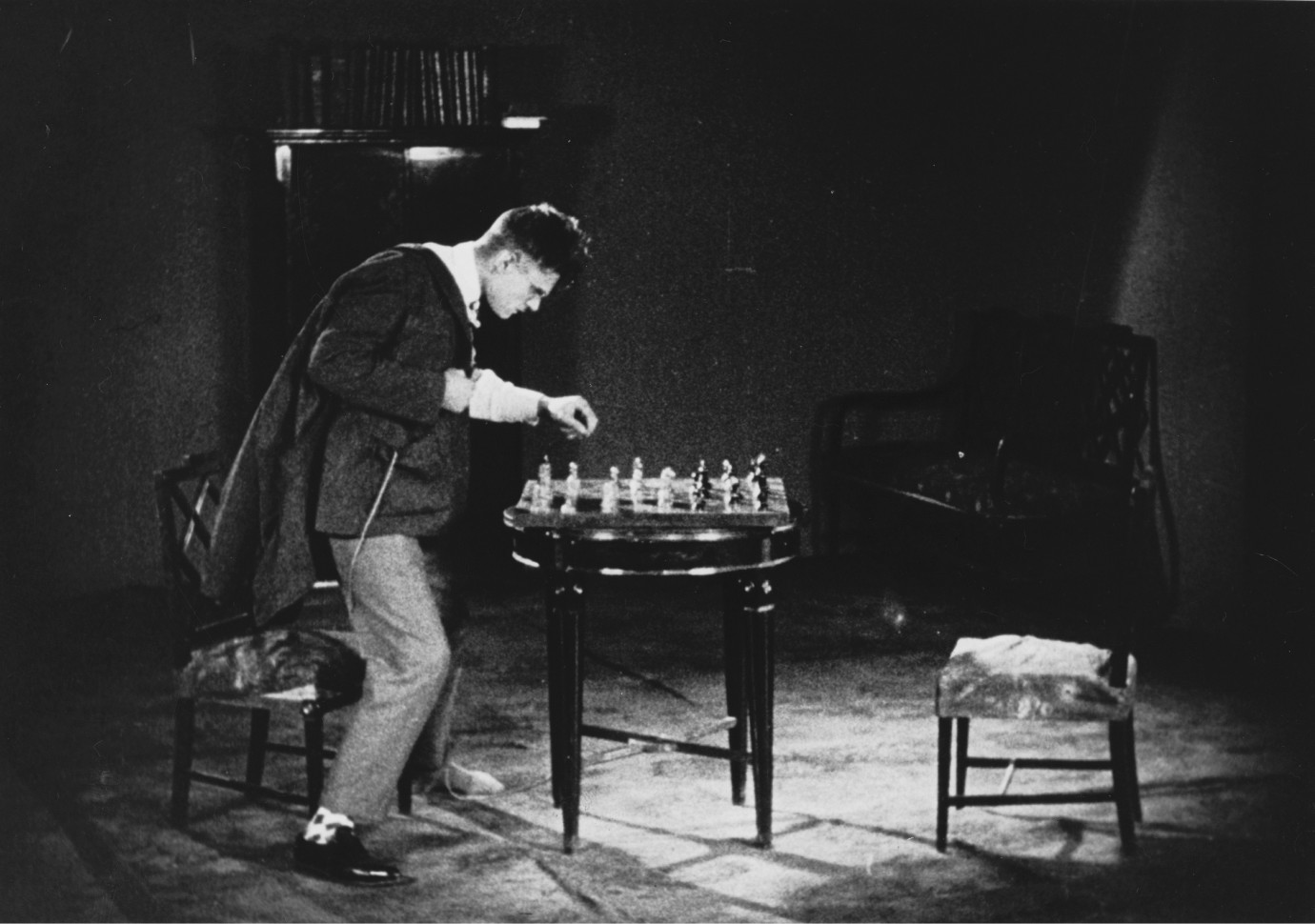
Wladimir Fogel
Schachmatnaja gorjatschka | Chess Fever | Schachfieber by Wsewolod Pudowkin, Nikolai Schpikowski
UdSSR 1925, Retrospective
Source: Deutsche Kinemathek
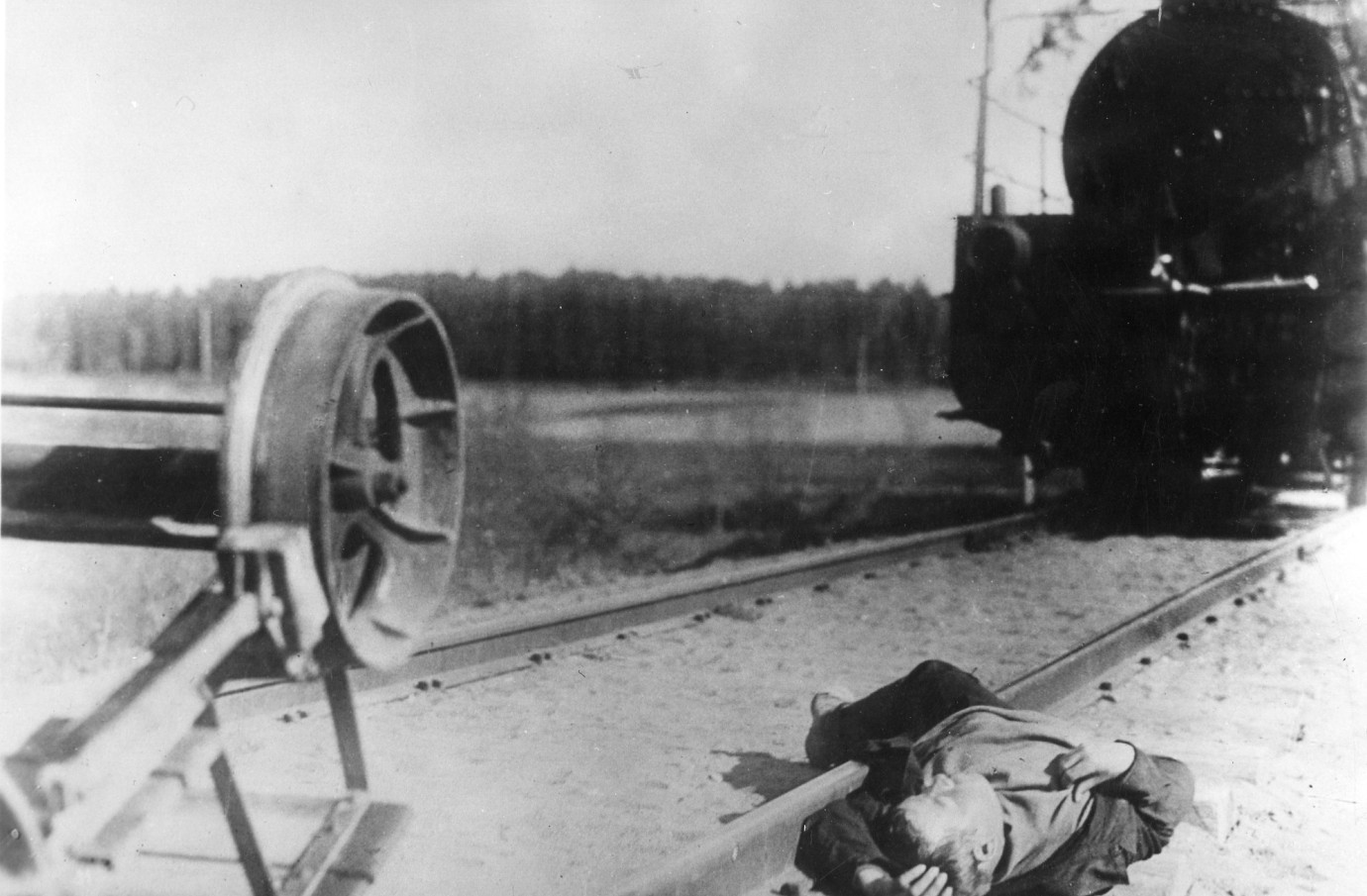
Iywan Kyrlja
Putjowka w schisn | The Road to Life | Der Weg ins Leben by Nikolai Ekk
UdSSR 1931, Retrospective
Source: Coll. La Cinémathèque de Toulouse
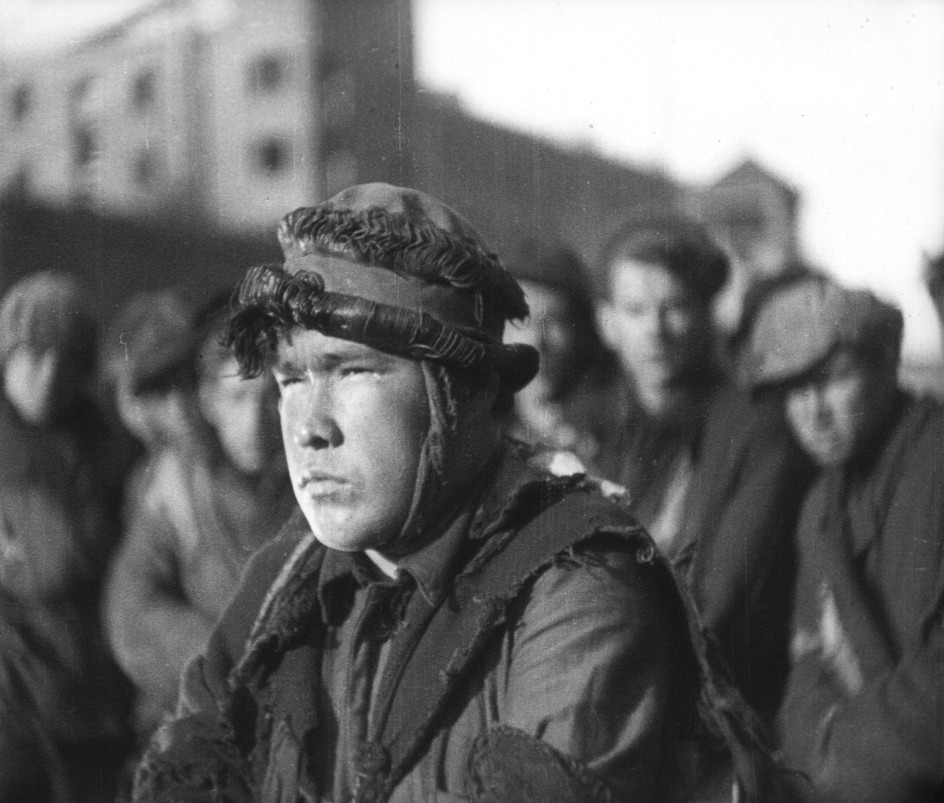
Iywan Kyrlja
Putjowka w schisn | The Road to Life | Der Weg ins Leben by Nikolai Ekk
UdSSR 1931, Retrospective
Source: Deutsche Kinemathek
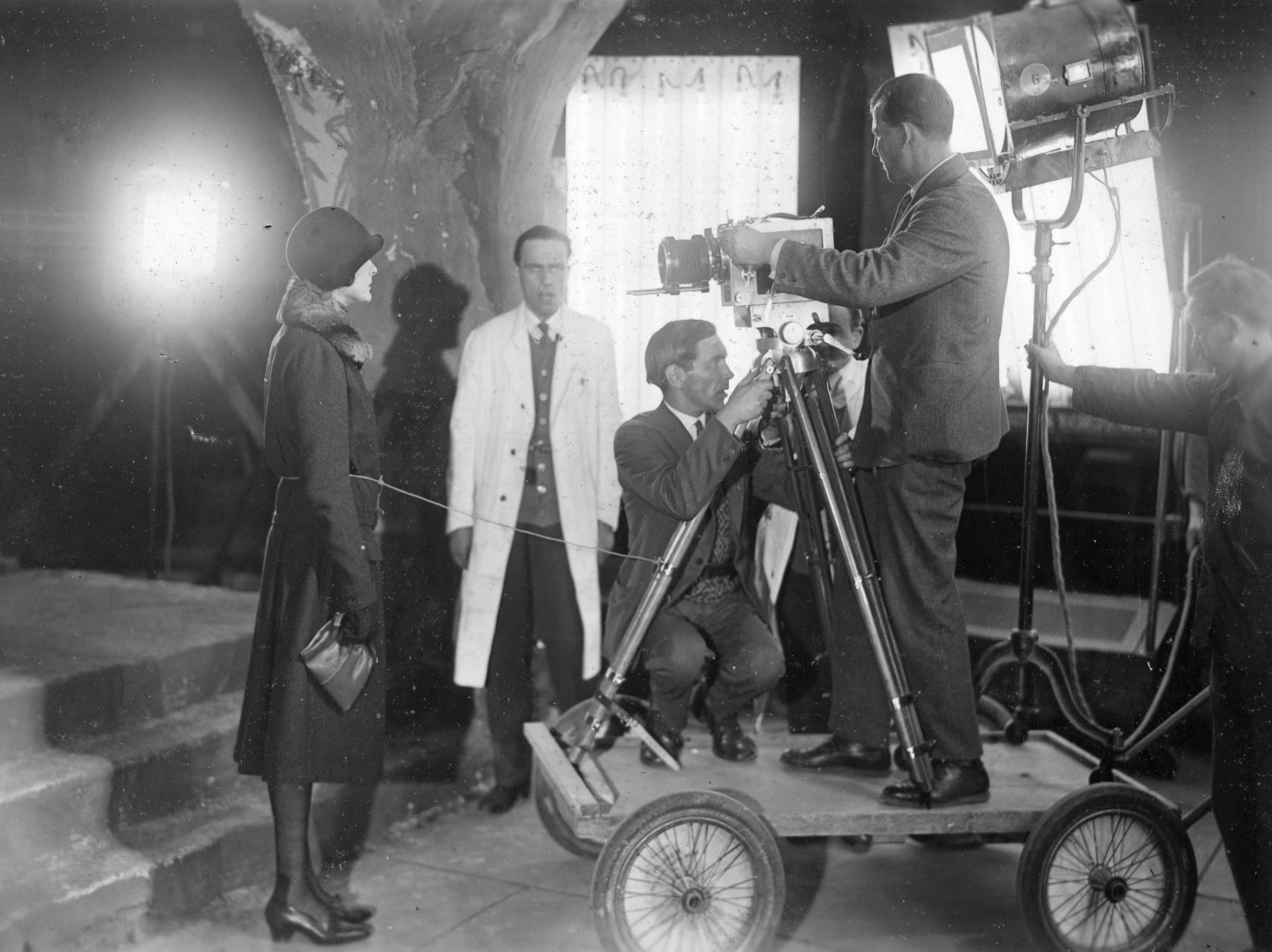
Behind the Scenes | Werkfoto: Viola Garden (links | left)
Schiwoi trup | The Living Corpse | Der lebende Leichnam by Fjodor Ozep
DEU/UdSSR 1929, Retrospective
Source: Musej Kino, Moscow
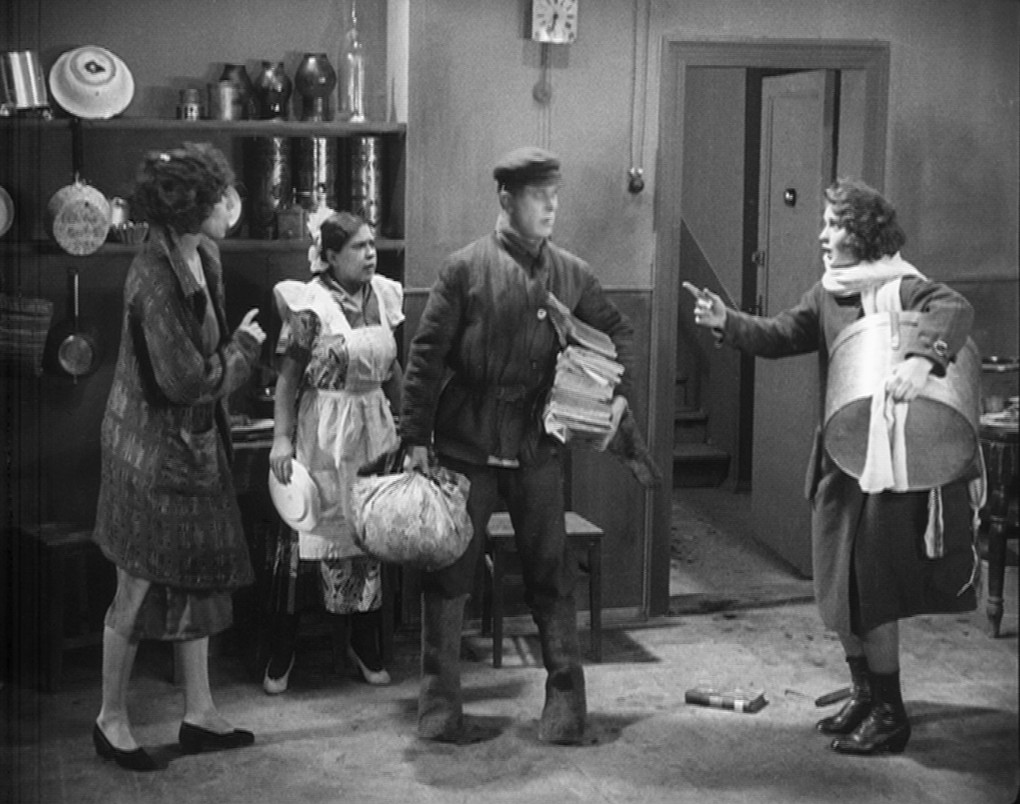
Iwan Kowal-Samborski, Anna Sten (rechts | right)
Dewuschka s korobkoi | The Girl With the Hat Box | Moskau wie es weint und lacht by Boris Barnet
UdSSR 1927, Retrospective
Source: Deutsche Kinemathek
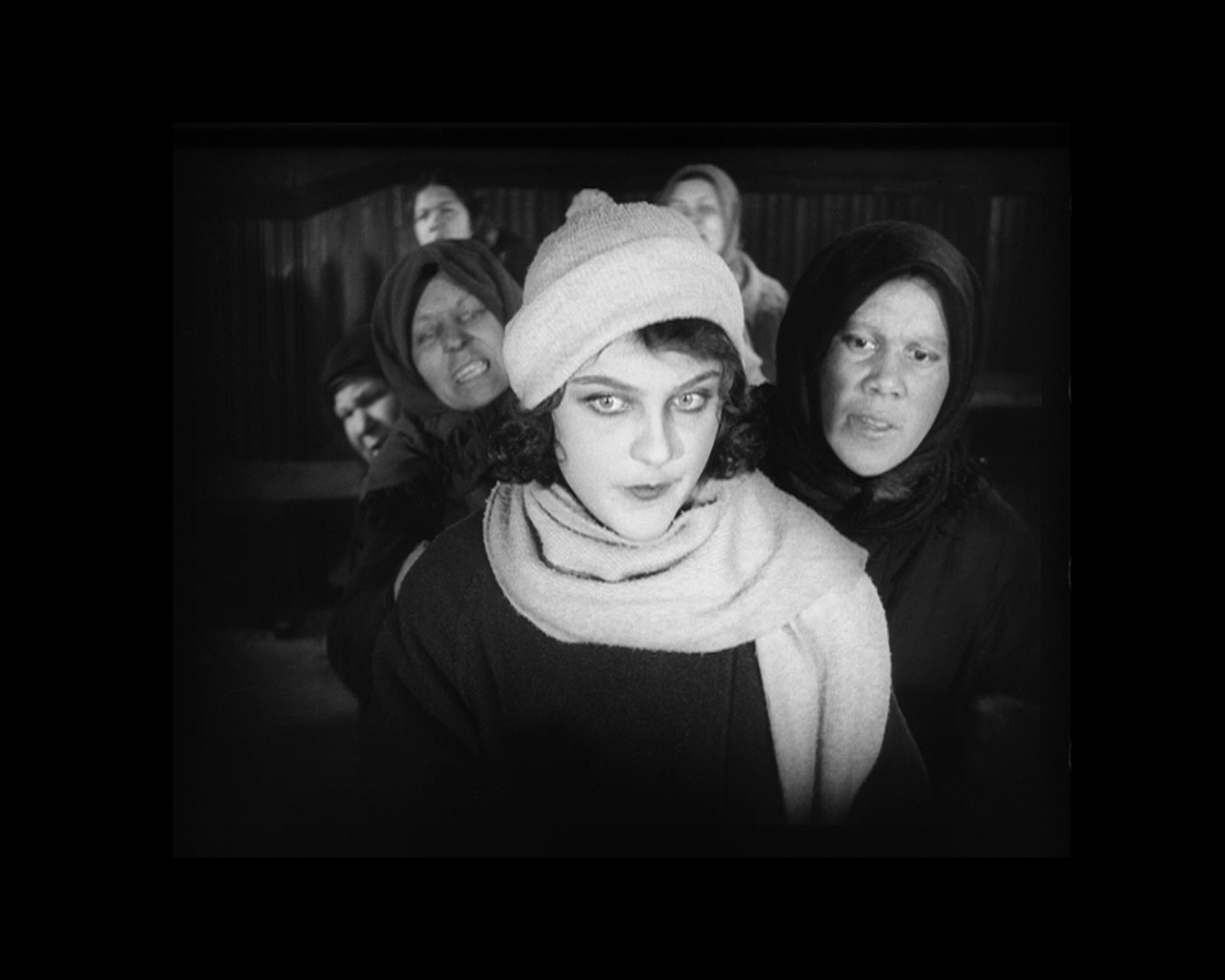
Anna Sten
Dewuschka s korobkoi | The Girl With the Hat Box | Moskau wie es weint und lacht by Boris Barnet
UdSSR 1927, Retrospective
Source: Deutsche Kinemathek
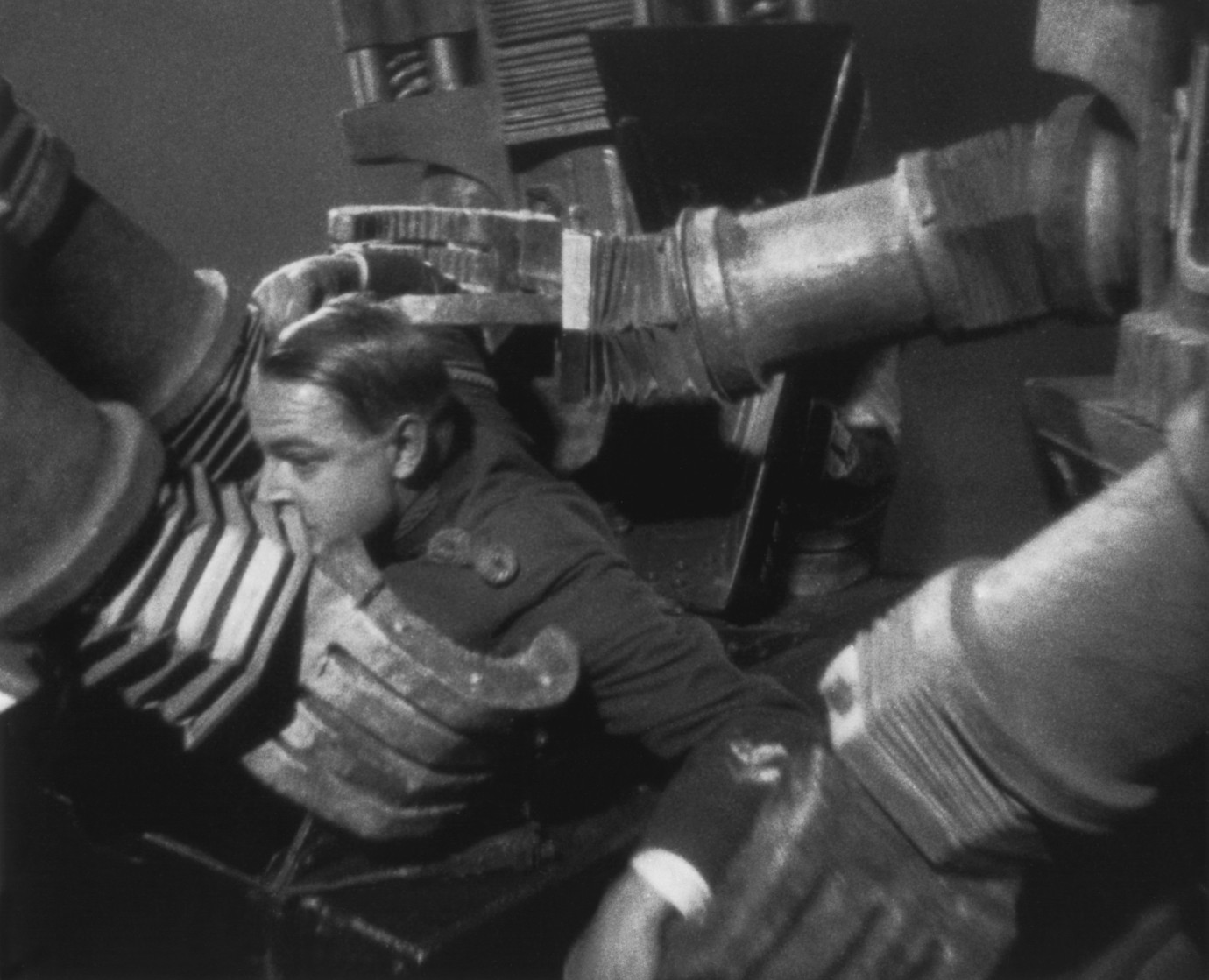
Nikolai Rynikov
Gibel sensazii | Loss of the Sensation | Der Untergang der Sensation by Aleksandr Andrijewski
UdSSR 1935, Retrospective
Source: Deutsche Kinemathek
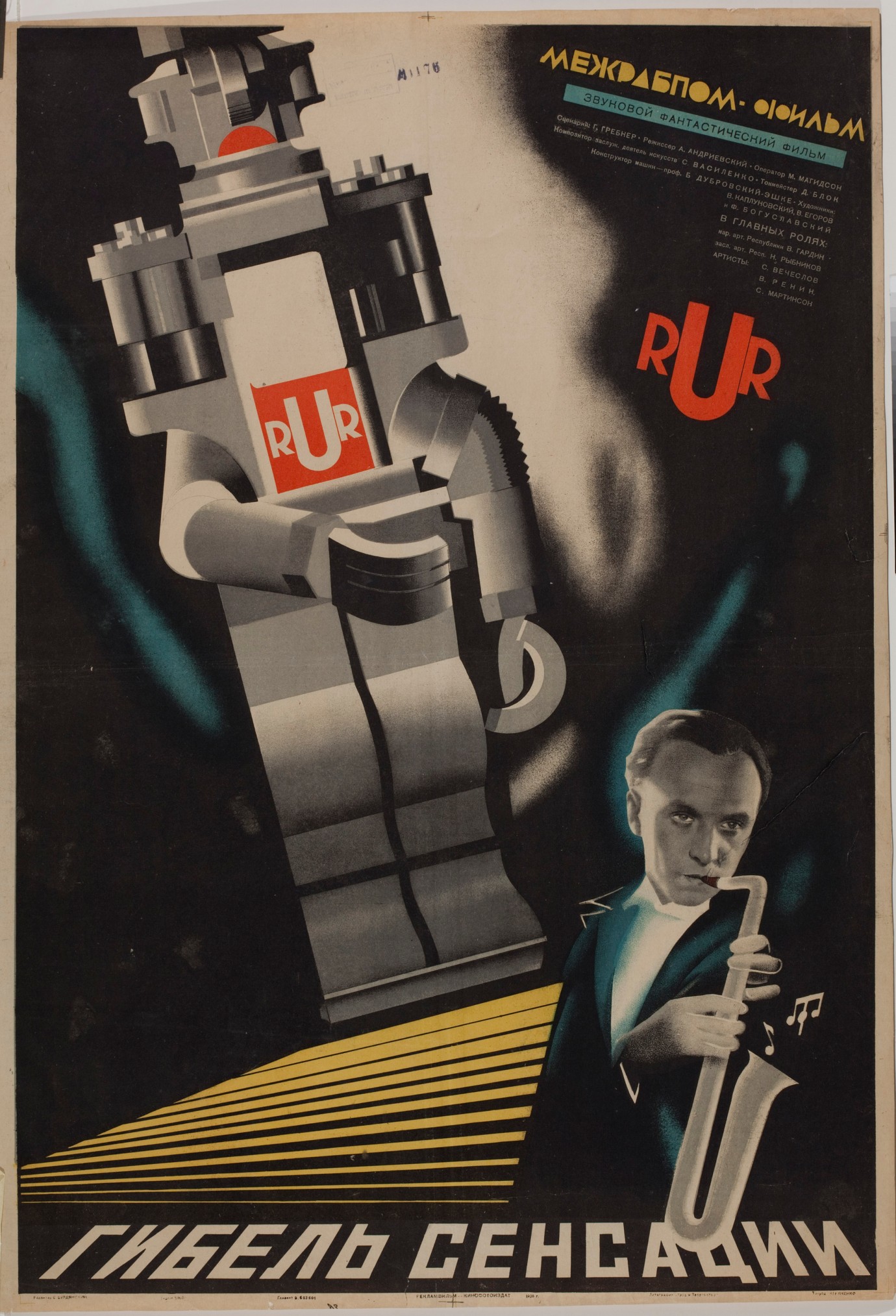
Grafik: Wiktor Klimaschin, 1935
Gibel sensazii | Loss of the Sensation | Der Untergang der Sensation by Aleksandr Andrijewski
UdSSR 1935, Retrospective
Source: Collection of Visual Art Publications Russian State Library, Moscow
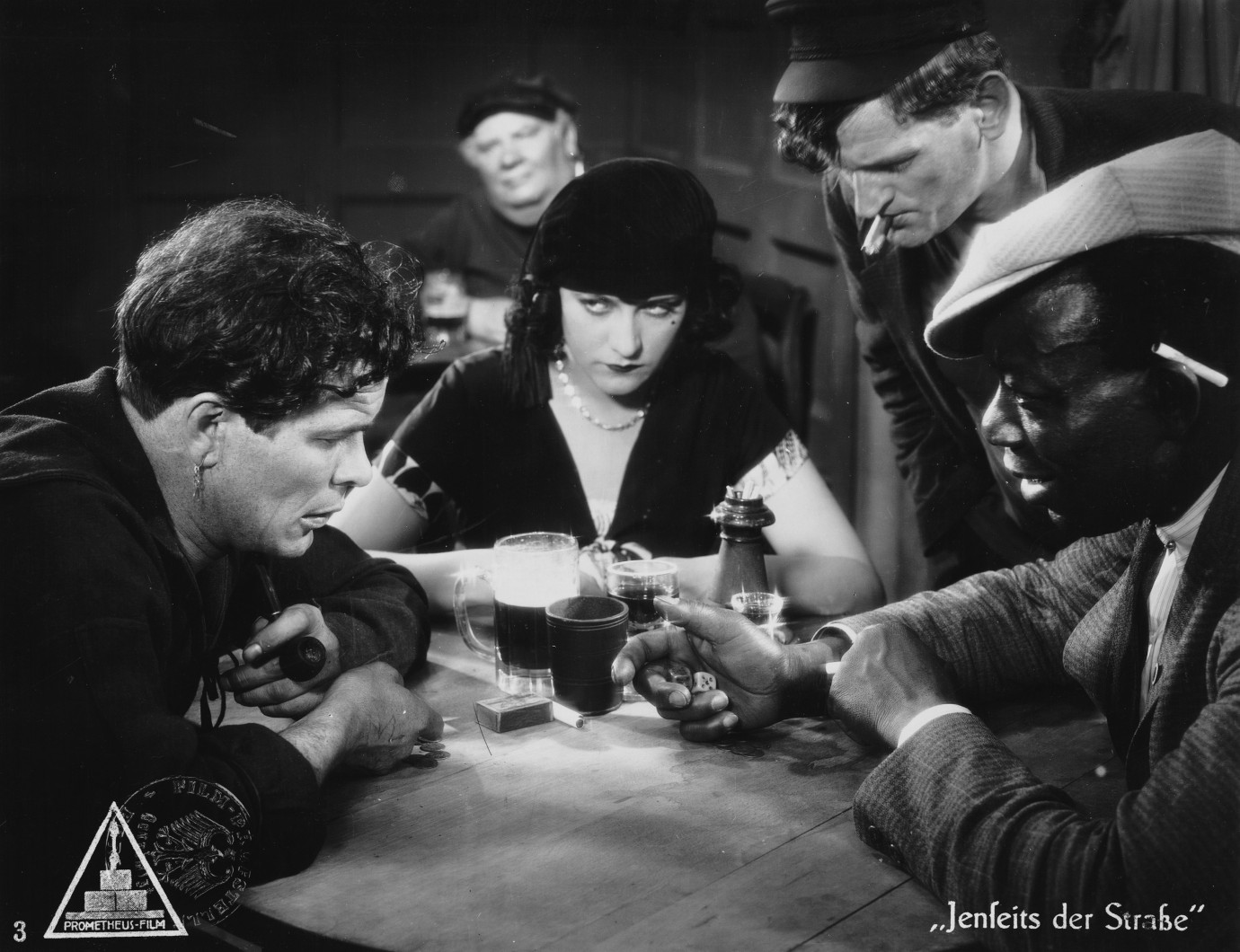
Friedrich Gnaß (links | left), Lissy Arna
Jenseits der Straße | Harbour Drift by Leo Mittler
DEU 1929, Retrospective
Source: Deutsche Kinemathek
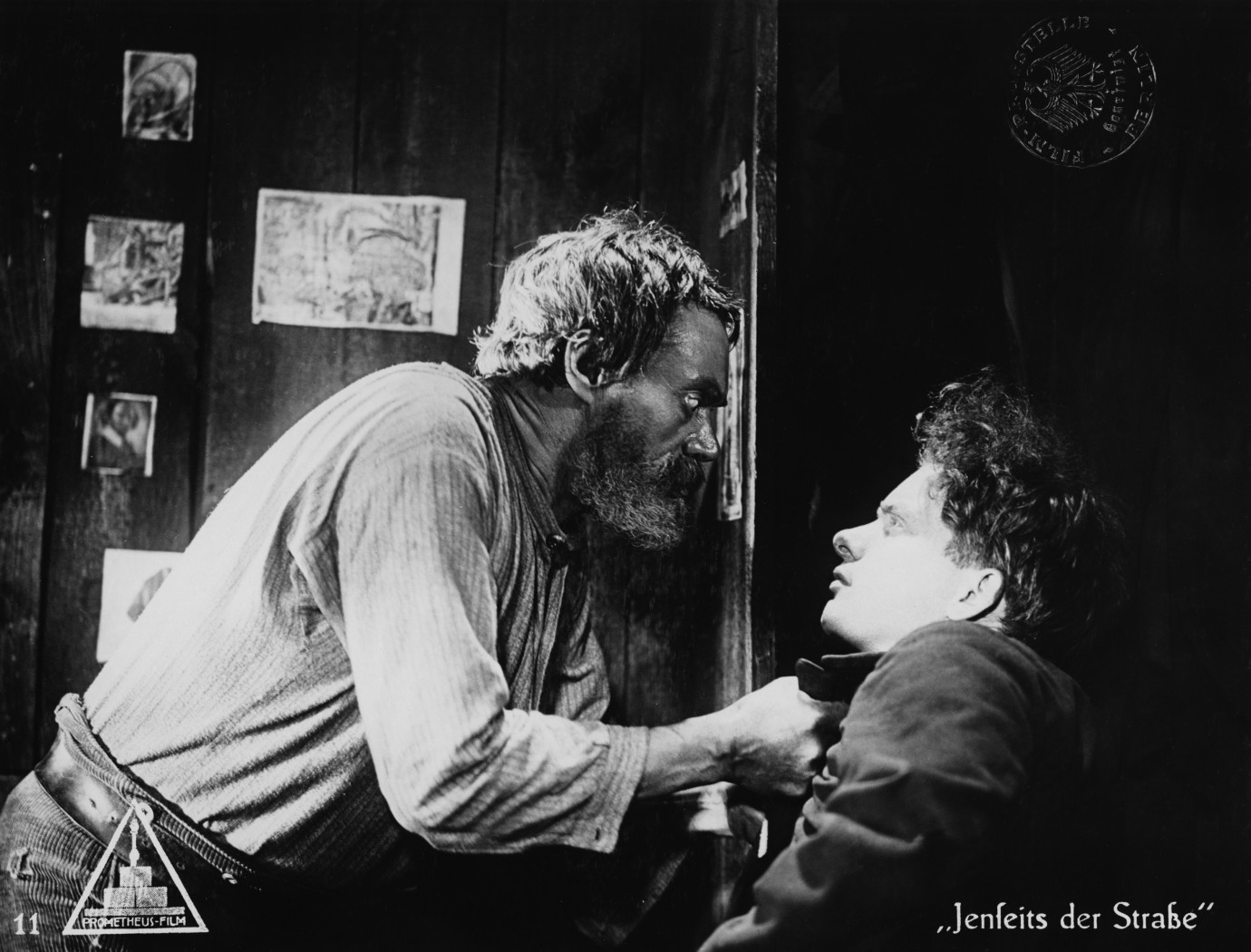
Paul Rehkopf, Fritz Genschow
Jenseits der Straße | Harbour Drift by Leo Mittler
DEU 1929, Retrospective
Source: Deutsche Kinemathek

Tri pesni o Lenine (Tonfassung von 1970) | Three Songs of Lenin | Drei Lieder über Lenin by Dsiga Wertow
UdSSR, Retrospective
Source: Sammlung Österreichisches Filmmuseum/Collection Austrian Film Museum
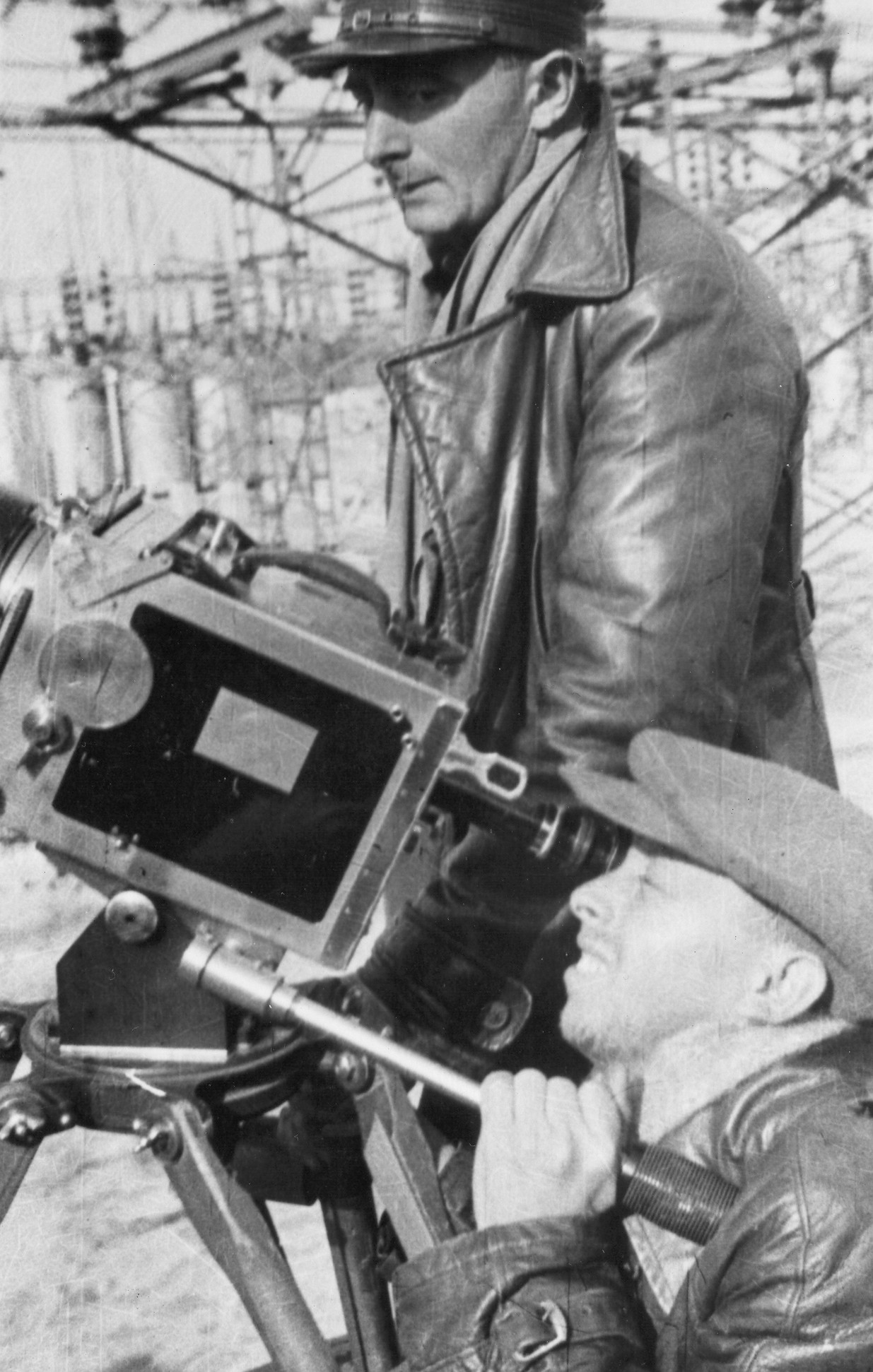
Behind the Scenes | Werkfoto: Dsiga Wertow, Mark Magidson (an der Kamera)
„Verschiedenes über dasselbe.“ Zu den Varianten von Dsiga Wertows TRI PESNI O LENINE | Introduction by Adelheid Heftberger (in German) | Einführungsvortrag von Adelheid Heftberger (in deutscher Sprache)
Source: Sammlung Österreichisches Filmmuseum/Collection Austrian Film Museum
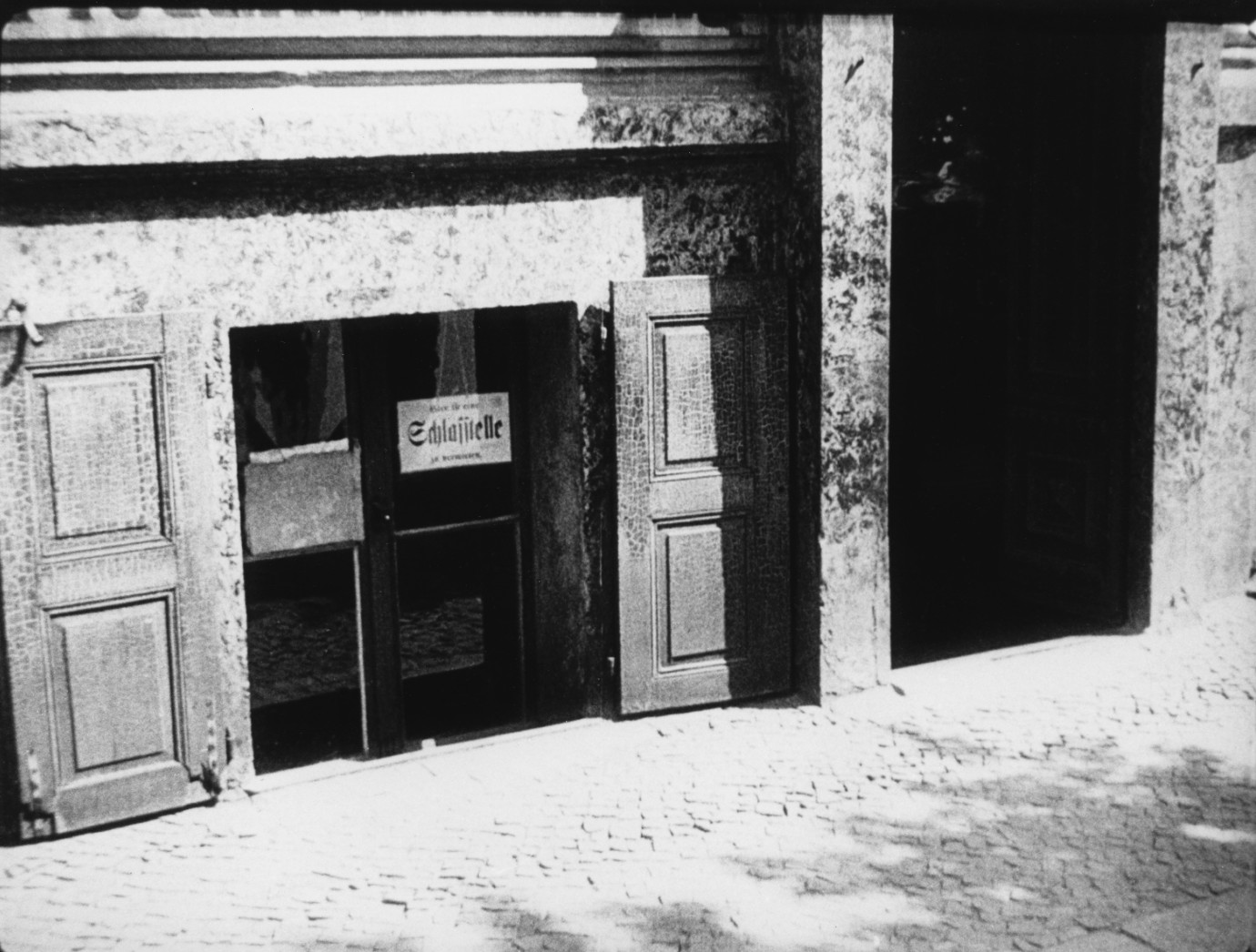
Zeitprobleme. Wie der Arbeiter wohnt | Problems of Our Time. How the Worker Lives by Slatan Dudow
DEU 1930, Retrospective
Source: Deutsche Kinemathek
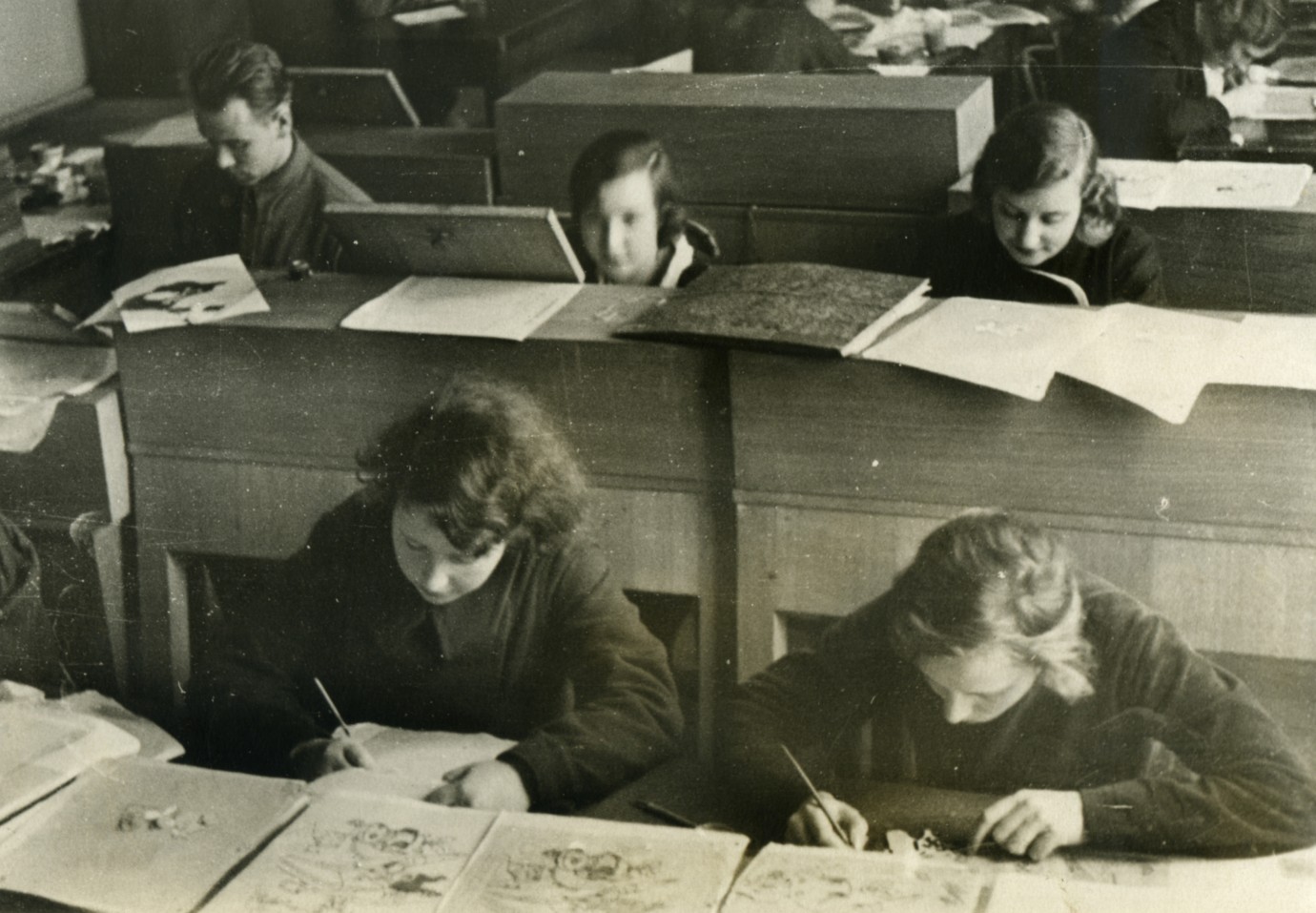
Meschrabpom-Film Trickfilmwerkstatt Iwanow-Wano: Konturenzeichner | Meschrabpom-Film animation studio Ivanov-Vano: inking department
Source: Musej Kino, Moscow
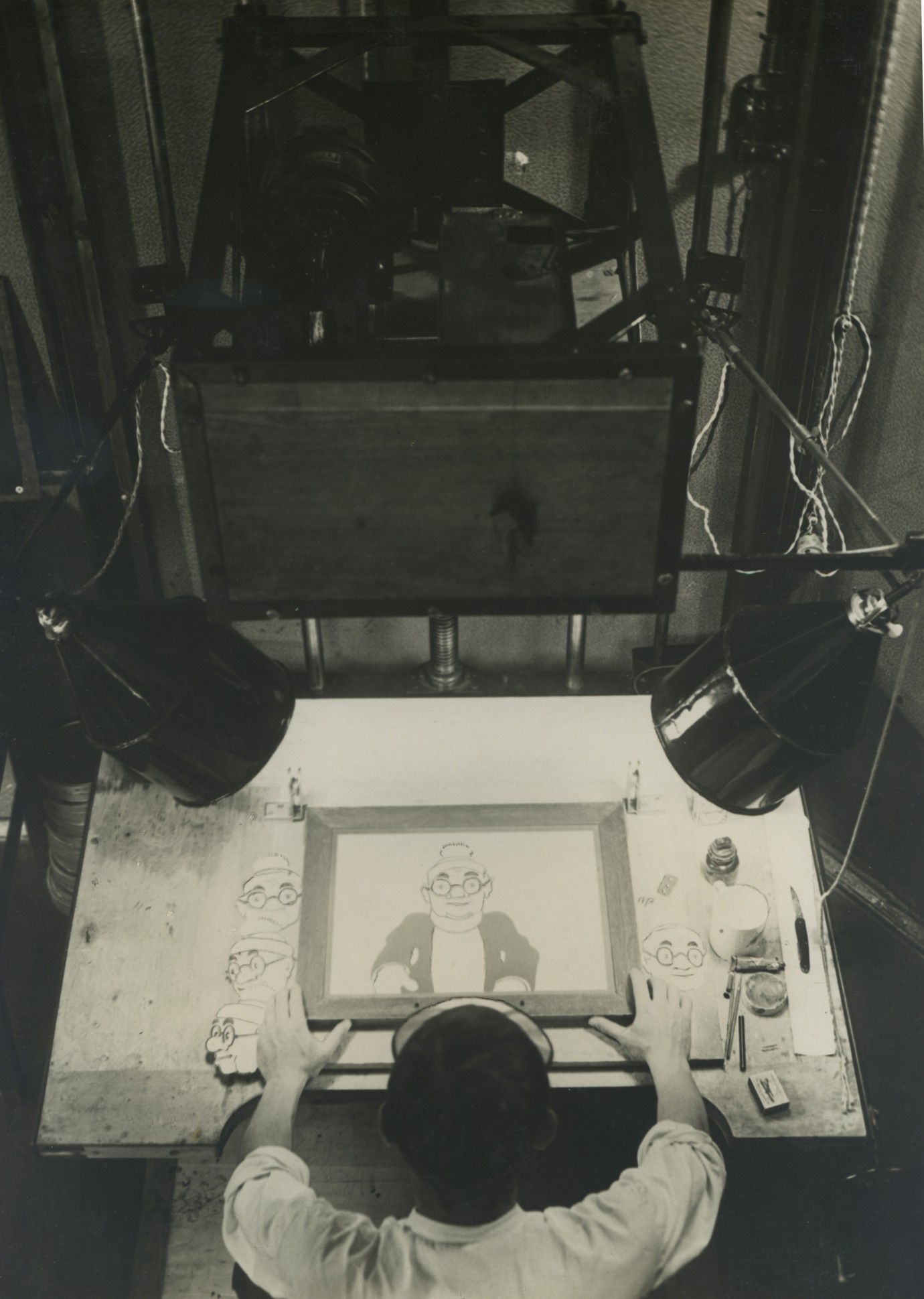
Meschrabpom-Film Trickfilmwerkstatt: Iwanow-Wano am Tricktisch | Meschrabpom animation studio: Ivanov-Vano at animation stand
Source: Musej Kino, Moscow
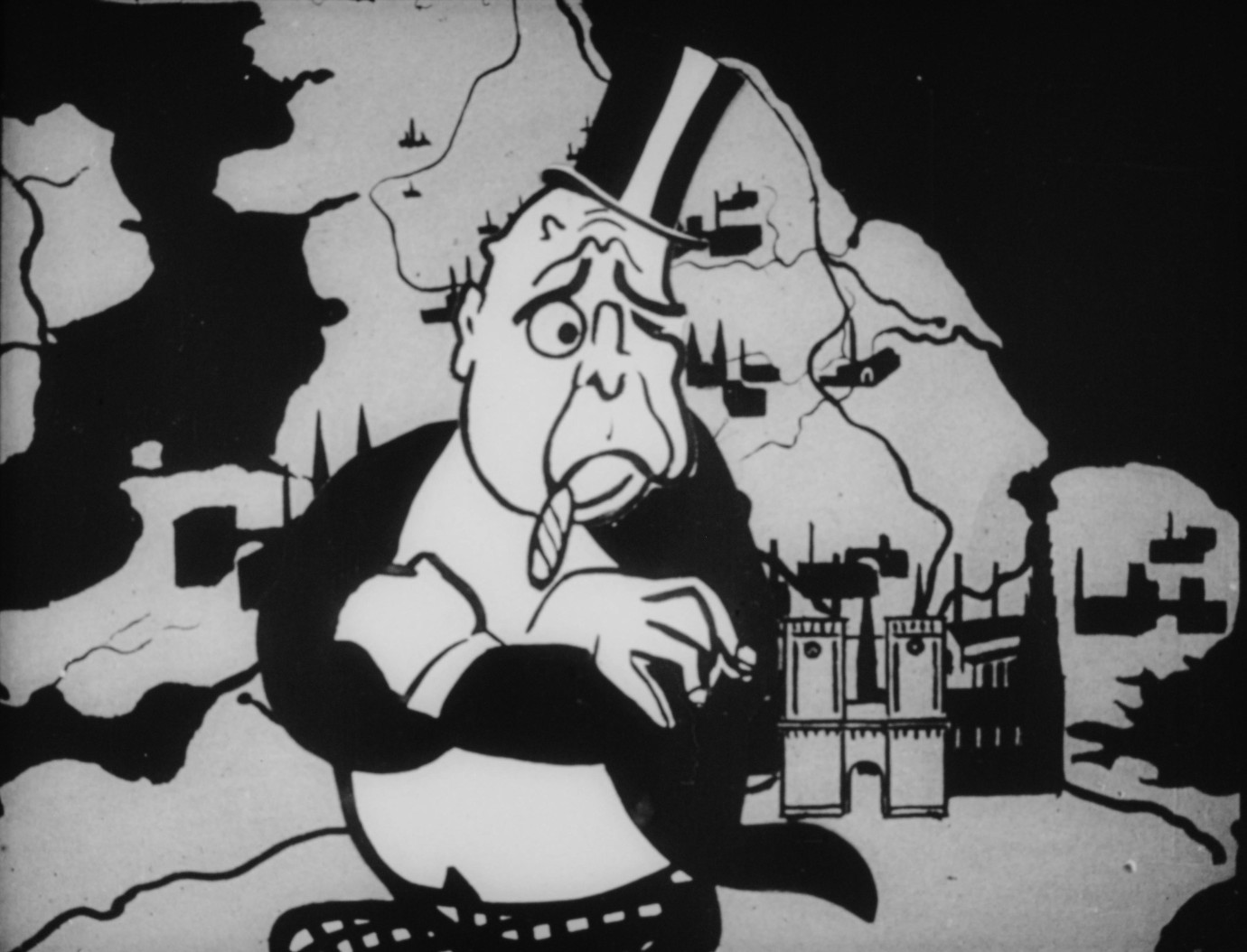
Budem sorki | Let’s Be Attentive! | Seid wachsam! by Nikolai Chodatajew
UdSSR 1927, Retrospective
Source: Gosfilmofond of Russia
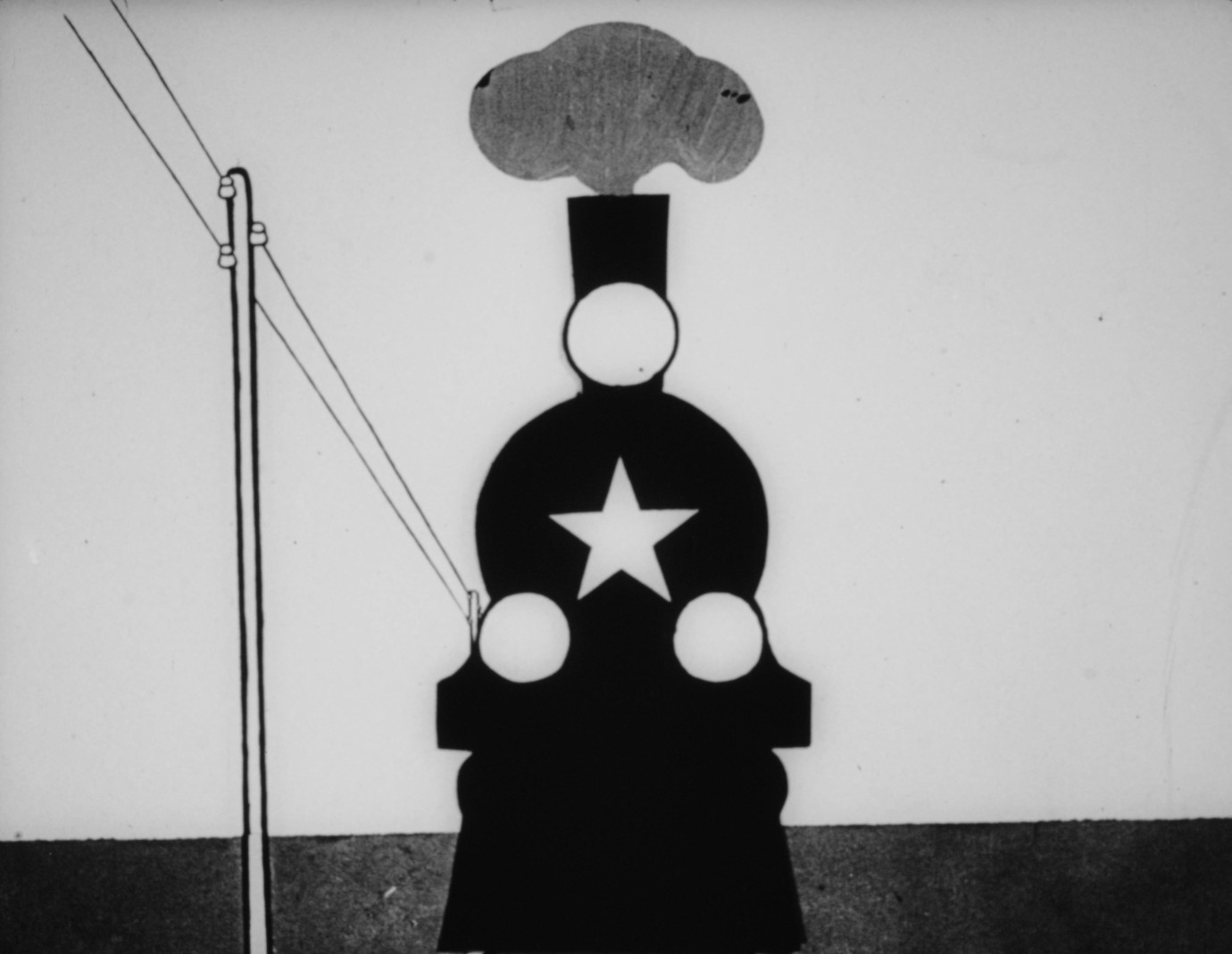
Budem sorki | Let’s Be Attentive! | Seid wachsam! by Nikolai Chodatajew
UdSSR 1927, Retrospective
Source: Gosfilmofond of Russia
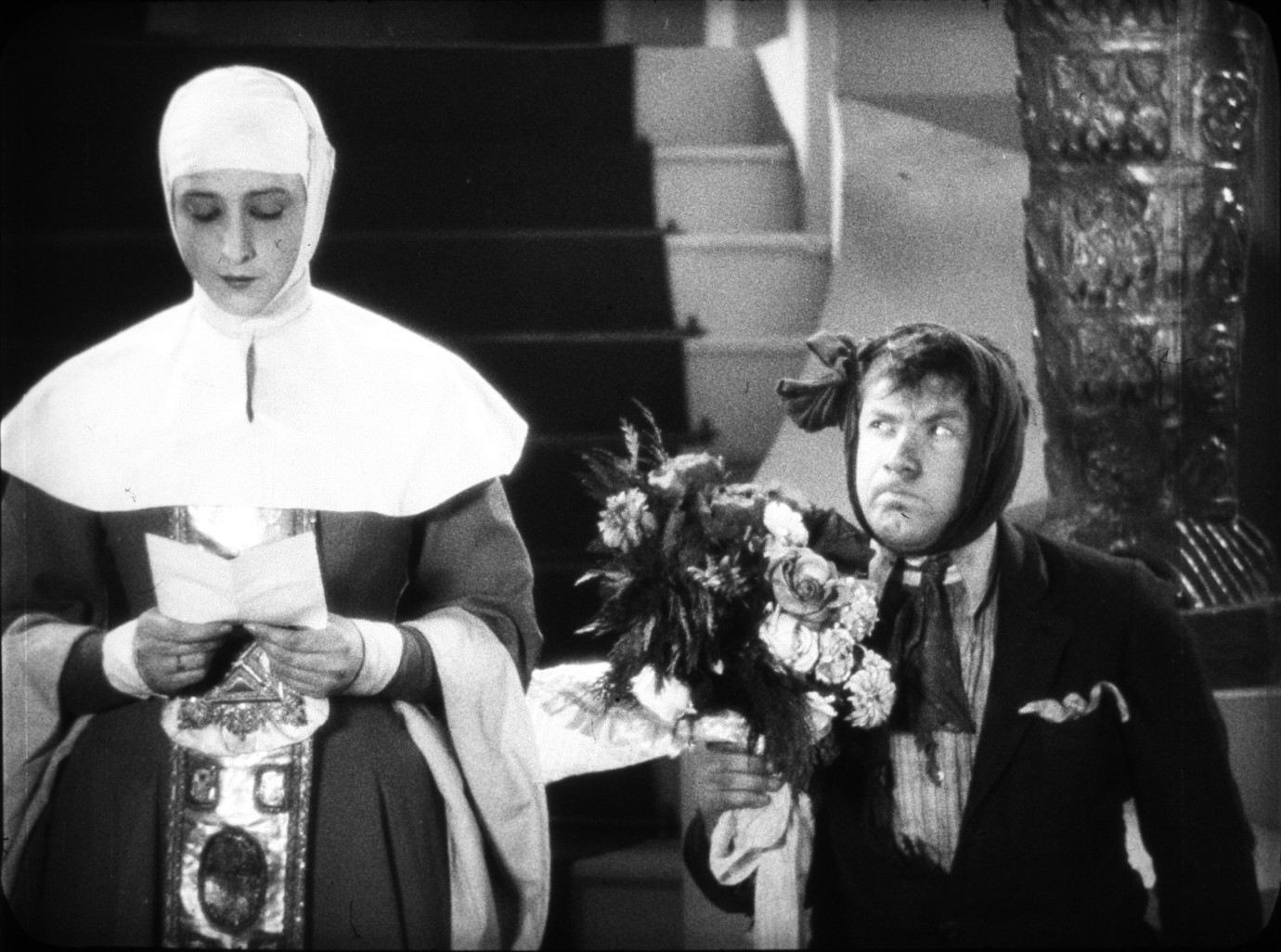
Marija Strelkowa, Igor Iljinski
Prasdnik Swjatowo Jorgena | St. Jorgen’s Day | Das Fest des heiligen Jürgen by Jakow Protasanow
UdSSR 1930, Retrospective
Source: Filmmuseum München/Gerhard Ullmann
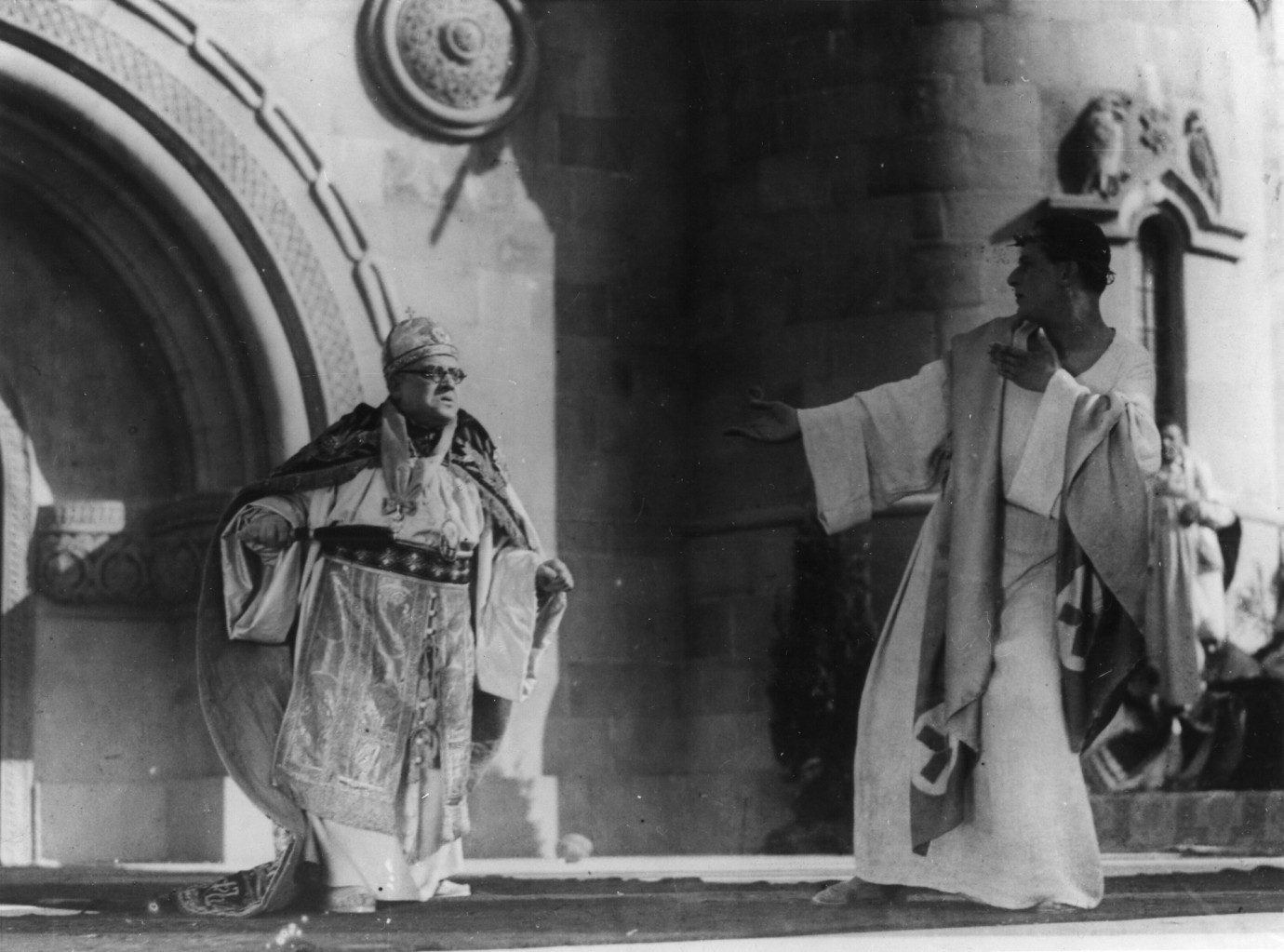
Iwan Arkadin, Anatoli Ktorow
Prasdnik Swjatowo Jorgena | St. Jorgen’s Day | Das Fest des heiligen Jürgen by Jakow Protasanow
UdSSR 1930, Retrospective
Source: Collection Austrian Film Museum
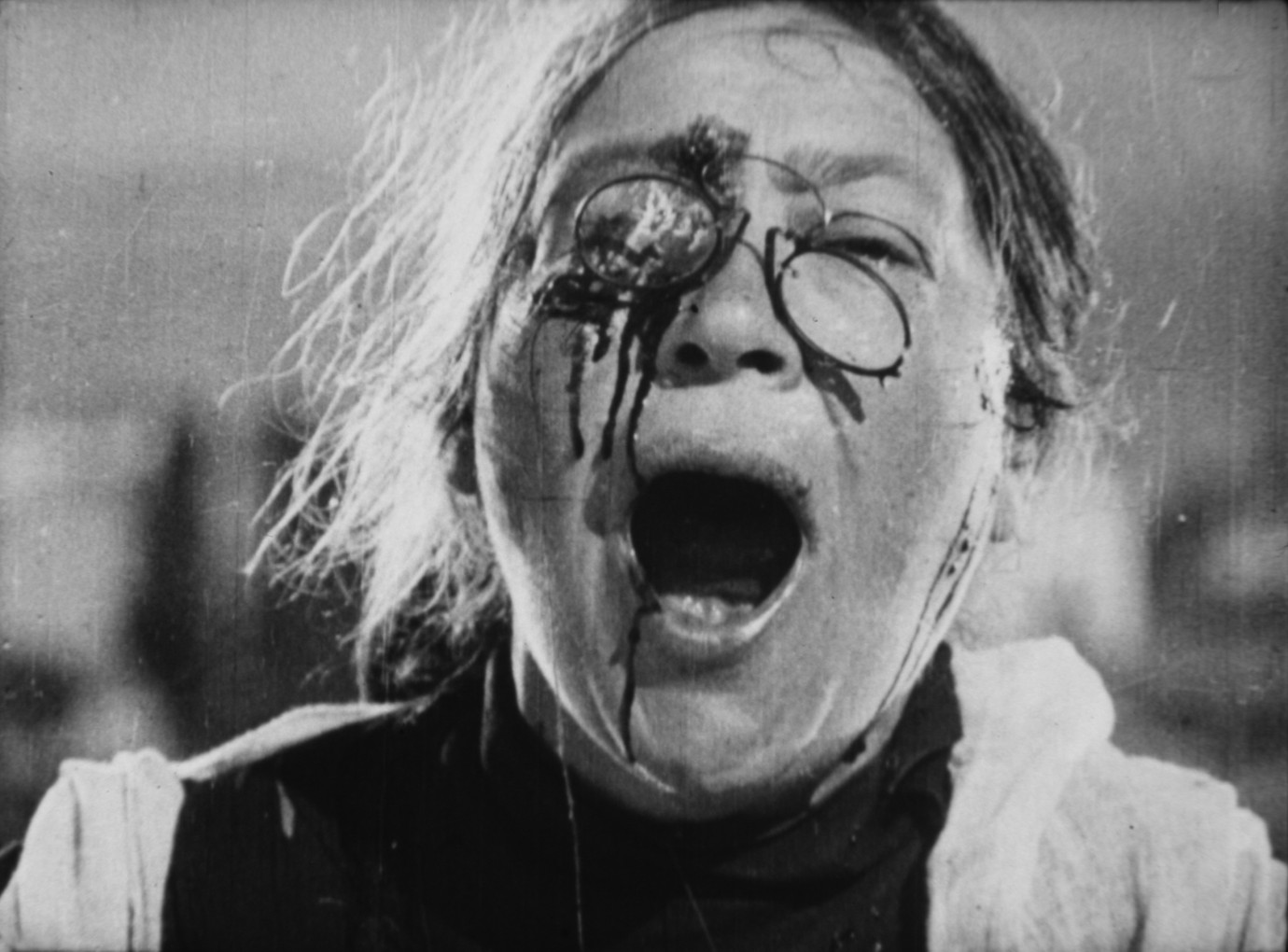
Bronenosez Potjomkin | Battleship Potemkin | Panzerkreuzer Potemkin by Sergej Eisenstein
UdSSR 1925, Retrospective
Source: Deutsche Kinemathek/Gerhard Ullmann
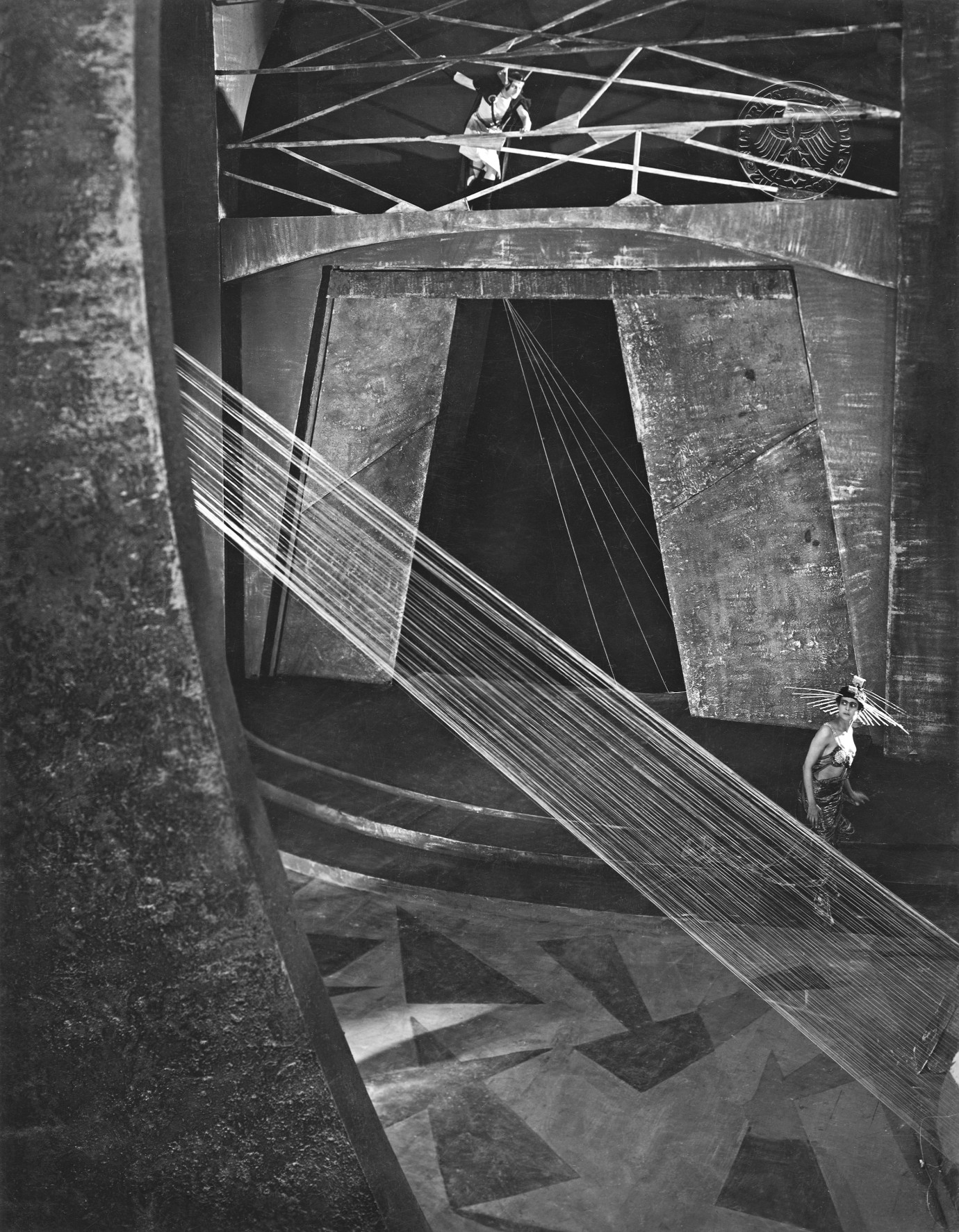
Aelita | Aelita - Der Flug zum Mars by Jakow Protasanow
UdSSR 1924, Retrospective
Source: Deutsche Kinemathek
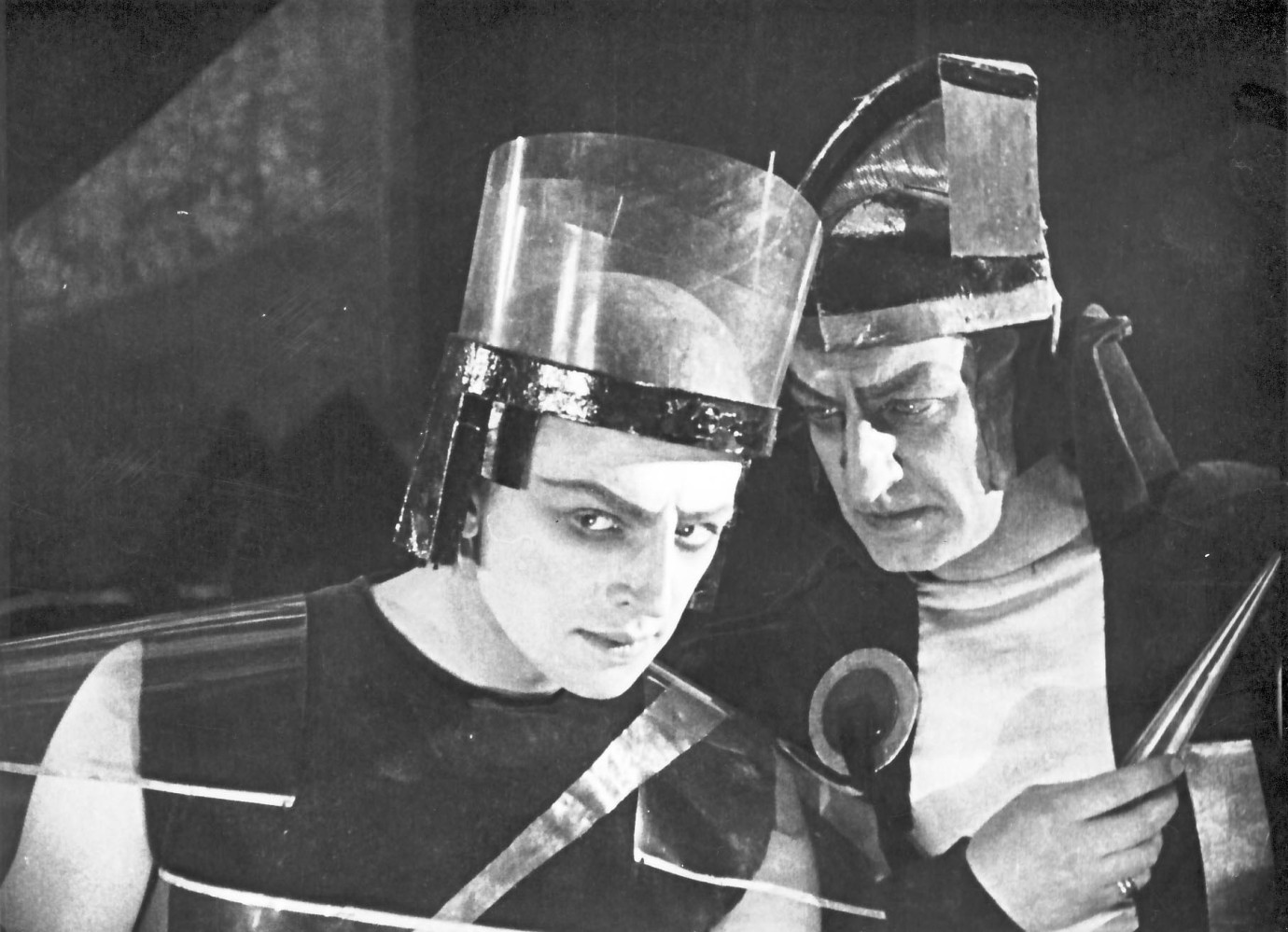
Juri Sawadski, Konstantin Eggert
Aelita | Aelita - Der Flug zum Mars by Jakow Protasanow
UdSSR 1924, Retrospective
Source: Gosfilmofond of Russia
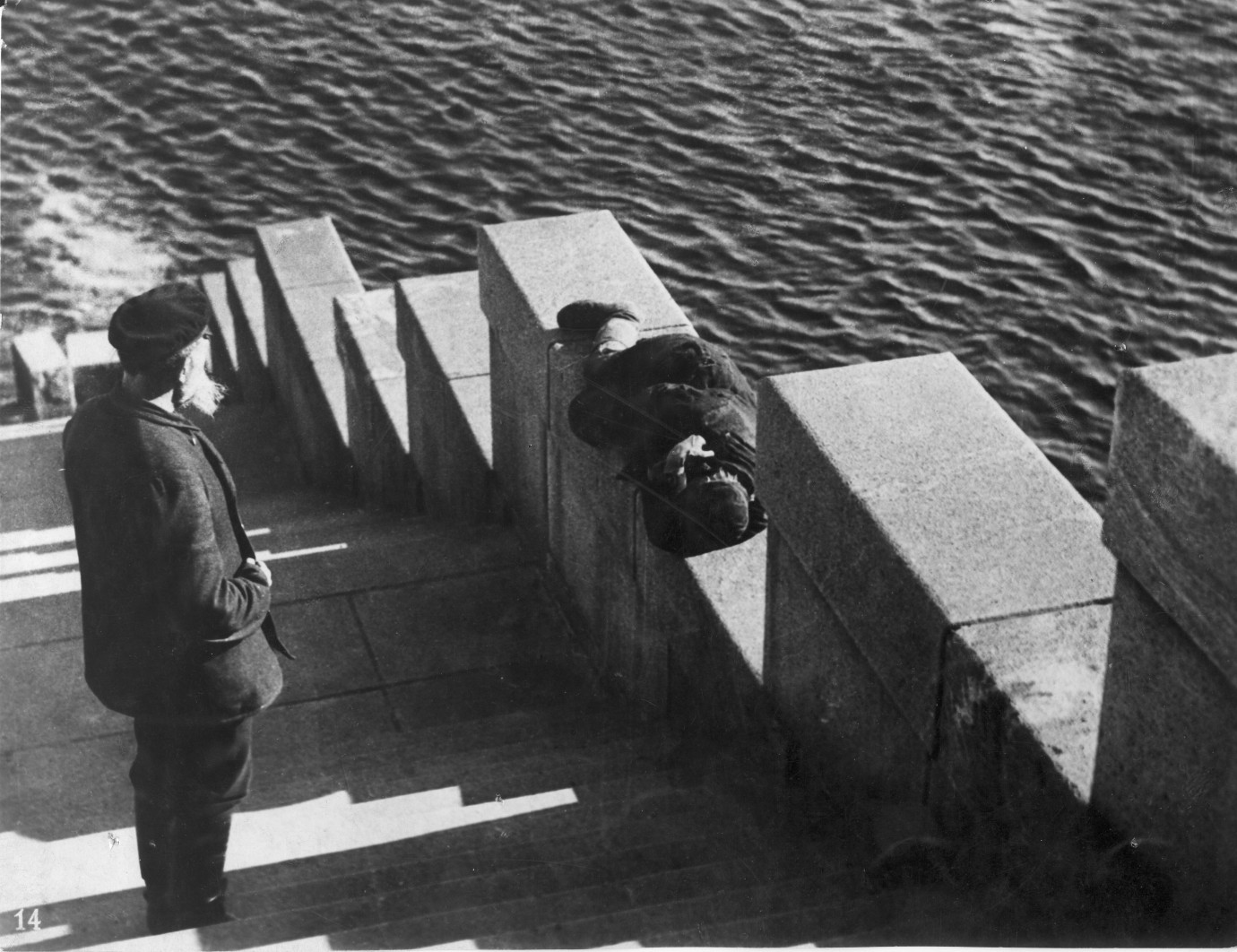
Konez Sankt-Peterburga | The End of St. Petersburg | Das Ende von Sankt Petersburg by Wsewolod Pudowkin, Michail Doller
UdSSR 1927, Retrospective
Source: Collection Austrian Film Museum
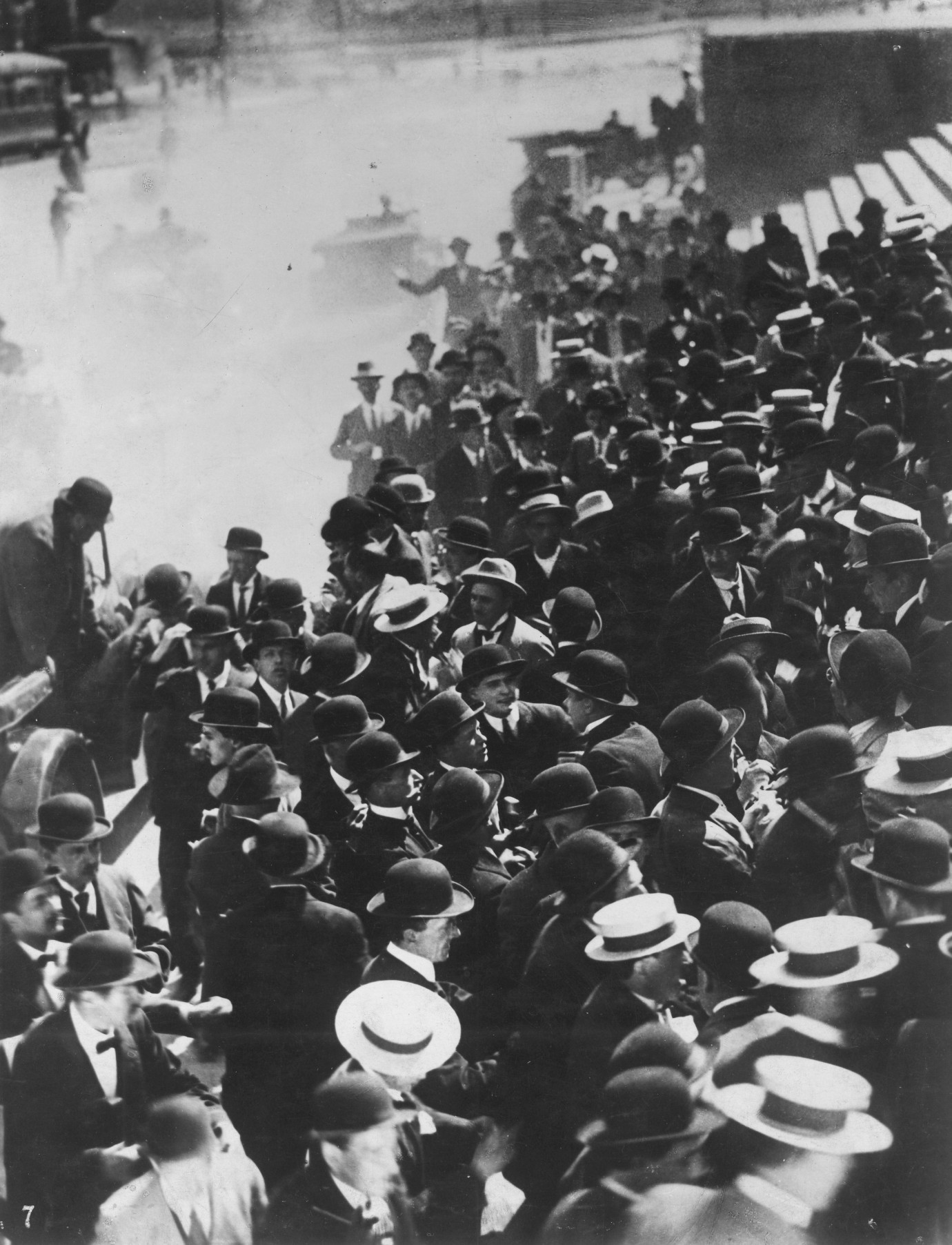
Konez Sankt-Peterburga | The End of St. Petersburg | Das Ende von Sankt Petersburg by Wsewolod Pudowkin, Michail Doller
UdSSR 1927, Retrospective
Source: Collection Austrian Film Museum
What inspired the idea for the theme of this year’s Retrospective?
Berlinale Retrospectives have always presented a general view of lesser-known periods of film history and thus opened the way for discoveries. This is particularly true of the present Retrospective, because so little is known of the full complexity of German-Russian film relationships during the 1920s and early 1930s – despite the important role they played in the development of cinema aesthetics. Furthermore, little research has been done in this field. A fortunate coincidence played a crucial role in the decision to choose the present theme. Film historians Alexander Schwarz and Günter Agde, both established experts on Russian and Soviet cinema, have been doing research on the Mezhrabpom film studio for quite some time now. When, in the course of their preliminary research, they gained access to a vast wealth of material and, above all, discovered that far more films had been preserved and were accessible than we had originally assumed, we decided to prepare a Retrospective as well as an extensive publication on the red Dream Factory and German-Russian co-operation.
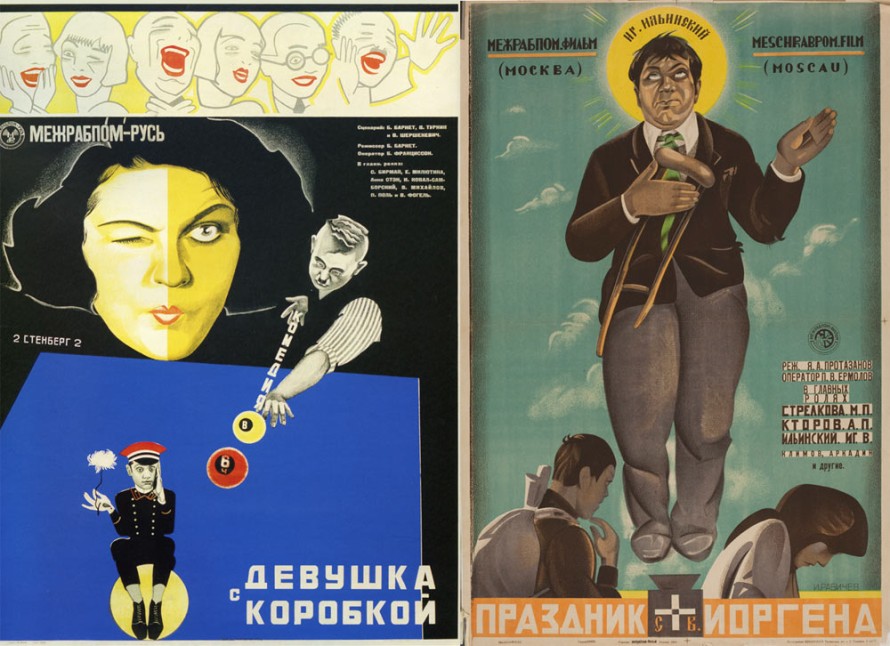
Posters of Dewuschka s korobkoj and Prasdnik Swjatowo Jorgena
How did co-operation between the two countries come about? With the Russo-German Treaty of Rapallo, two of the “outlaws” of international politics joined forces. At the same time, however, Russia and Germany were two of the most productive cinematographies in Europe and, indeed, the world at the time.
This can basically be explained by the attentiveness with which Western Europe and, above all, Germany followed the situation in Russia after the Civil War. The Workers’ International Relief was founded in Berlin in response to the famine in the Volga region. Quite independently of this, intellectuals such as the author Karl Kraus became involved by contributing money from the proceeds of their readings. By the time the professional Russian media entrepreneur Moisei Aleinikov met Willi Münzenberg in Germany in 1922, the left-wing liberal intelligentsia had already begun to closely follow developments in Russia. Münzenberg, whom one might call the Communist’s “media mogul”, hit on the idea of making films with a joint limited company, initially with the aim of producing documentary films on the situation in Russia. Over the course of time, the projects became more ambitious, prompting a lively exchange of film imports and exports. Exchanges also took place on a personal level: Fjodor Ozep, for example, worked in both the Soviet Union and Germany.
Willi Münzenberg directed his propagandist activities mainly at intellectuals who were sympathetic to the cause, with the aim of advancing the goals of the international workers’ movement. He recognised the medium's propaganda function and appeal: not only for mobilising workers, but also for reaching the intelligentsia. Would it be right to say that this idea had an impact on the quality of the films?
Münzenberg certainly deserves great credit for this. In the “Arbeiter Illustrierten Zeitung”, which he founded, and the photomontages contributed by John Heartfield, you can see that the forms being used there were derived from the avant-garde. He was using a completely different language of forms to that of Socialist Realism, with all its clichés, which was later elevated to the status of a doctrine. Directors of German and Russian films sought to extend the boundaries of cinematic language. Artists such as Eisenstein and Pudovkin, whose book on film-montage and technique was also published in German at the time, had an enormous influence on international discourse during the 1920s and early 1930s.
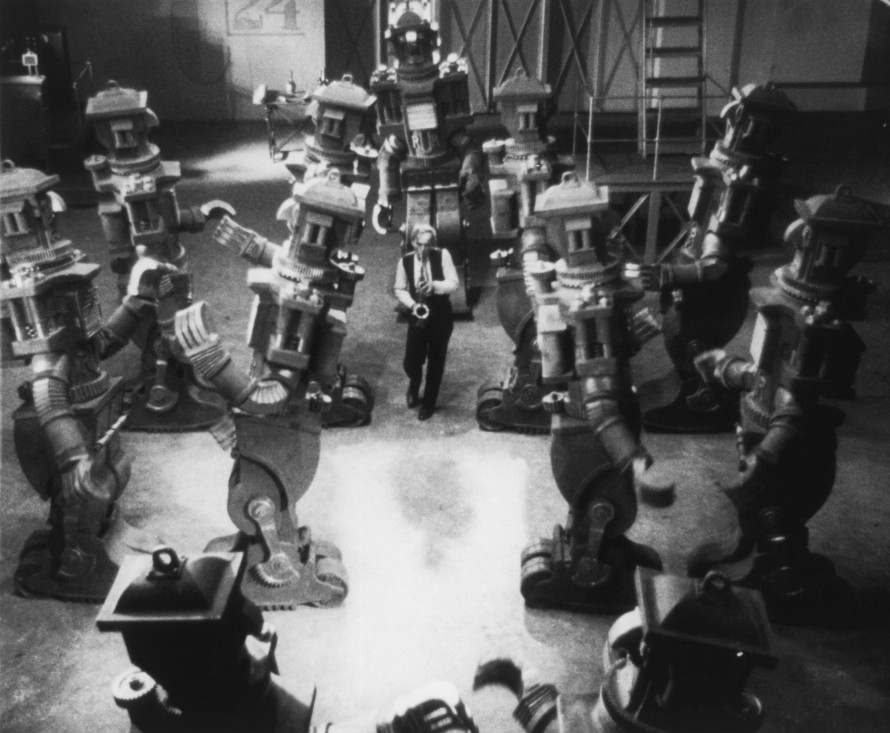
Gibel sensatsii (Loss of the Sensation), D: Aleksandr Andriyevsky, USSR 1935
Of idols and robots: Stars, directors and genres at Mezhrabpom
To what extent can we speak of a red “dream factory”? A comparison of the Hollywood star system - which transports the viewer into a kind of dreamlike state by creating a powerful identification with the heroes – with Soviet cinema, which was based mainly on theories of dialectical montage, reveals a marked contrast in the psychological models.
The montage theory left its mark, above all, on the so-called revolutionary films. They were very successful in Germany during the Weimar period and a great share of the films imported from the young Soviet Union by companies such as Prometheus focused their attention on these. One of the most outstanding examples here is Eisenstein’s Bronenosez Potemkin (Battleship Potemkin). Mezhrabpom also produced films on the Revolution, although these constituted only a part of its output. Mezhrabpom also made animated films, documentaries, cultural films and comedies, covering the entire spectrum of films that one would expect from a major film studio – under the conditions prevailing in the Soviet Union, of course. Adopting the business model of a German-Russian limited company gave Mezhrabpom greater freedom and it became far more willing to experiment than the other – state-owned – Soviet companies.
As a result, Mezhrabpom came to play an avant-garde role among the Soviet studios: it made the first sound film, the first animated films, and the Soviet Union’s first colour film. When we were selecting our films, we attached great importance not only to focussing on films about the Russian Revolution that had already been canonised, but also to trying to show the entire spectrum of films. There is so much to be discovered here.
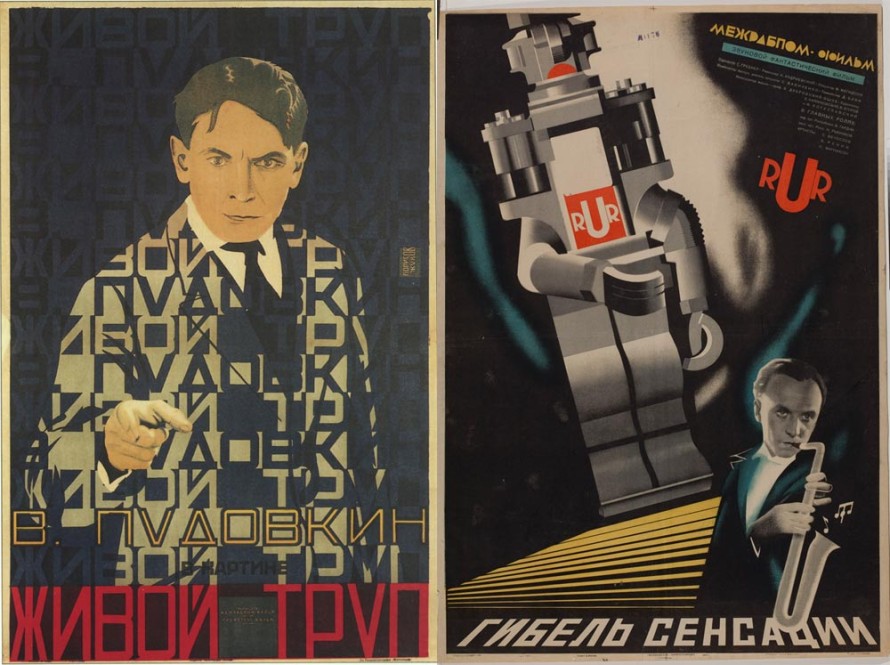
Posters of Schiwoi trup and Gibel sensazii
The tradition of the privately run studio could still be felt at Mezhrabpom. The studio's comedies, its observations of everyday life and its expedition films can be definitely considered under aspects that are decisive for our conception of a dream factory: the great importance of the individual genres, directors and actors. The wonderful Anna Sten, Boris Barnet’s Devushka s korobkoi (The Girl With The Hat Box), later launched a second career in Hollywood. Then there was the outstanding acting of Igor Iljinski, who, as the studio’s star comedian, left his mark on comedies such as Pozelui Meri Pikford (The Kiss of Mary Pickford) and Prasdnik Swjatowo Jorgena (St. Jorgen’s Day). Pudovkin, whom we know as a master director, performs brilliantly in films such as Schiwoi trup (The Living Corpse), Salamandra (The Salamander) and Dezertir (Deserter). The precision of the acting – a completely unique school, and a field in which the Soviet theatre tradition has played a decisive role – flowed into the making of the films. The fact that such idols existed also established Mezhrabpom’s reputation as a Dream Factory.
In contrast to the productions made by Russia’s state film studios, Mezhrabpom’s films were very popular, even though they were also criticised for their “ideological transgressions”.
Mezhrabpom had greater freedom in its choice of forms and subject-matter. But this does not mean that all its films were successful. There were also flops, too, of course: even among the films in which Mezhrabpom had placed great hopes. During the Stalinisation phase, the specific organisational form of a German-Russian limited company increasingly became a thorn in the flesh to the regime. Consequently, ideological attacks on the studio’s films increased steadily until Mezhrabpom was liquidated at Stalin’s behest in 1936.
Between 1933 and 1936, however, Mezhrabpom became a refuge for German artists, who were allowed to work there after they had fled Germany. Erwin Piscator realised Wosstanije rybakow (Revolt of the Fishermen) in exile, and Gustav von Wangenheim Bortsy (Fighters). These, too, form part of this history.
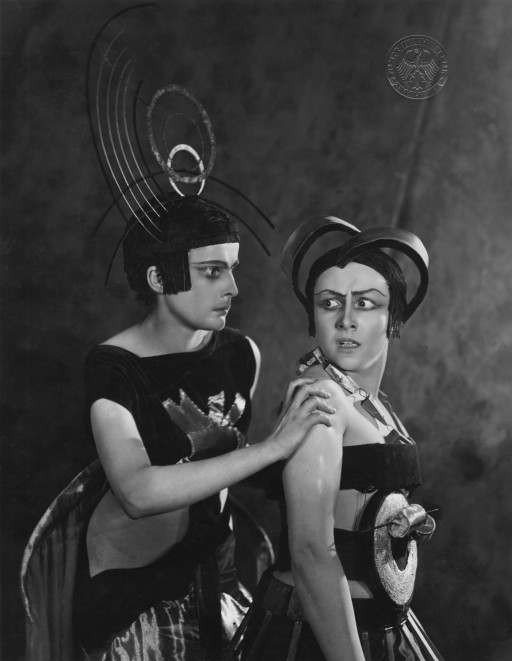
Aelita, D: Yakov Protazanov, USSR 1924
In addition to Eisenstein’s Oktjabr (October) and Pudovkin’s Konez Sankt-Peterburga (The End of St. Petersburg) the studio also had another film on the Revolution in its programme: Aelita. Aelita is one of the earliest full-length science-fiction films; it reconstructs the storming of the Winter Palace in futuristic surroundings, as it were. Stylistically influenced by German Expressionism, its motifs would be taken up again and again – as in Lang’s Metropolis, for instance.
This example shows just how great the desire to experiment was. Yakov Protazanov’s idea of making a film about a socialist society on Mars was very much inspired by such experimentation and a Zeitgeist devoted to innovatory forms. The studio would repeatedly explore new avenues in the future too. Gibel sensazii (Loss of the Sensation) by Aleksandr Andriyevsky was probably one of the first robot films in cinema history.
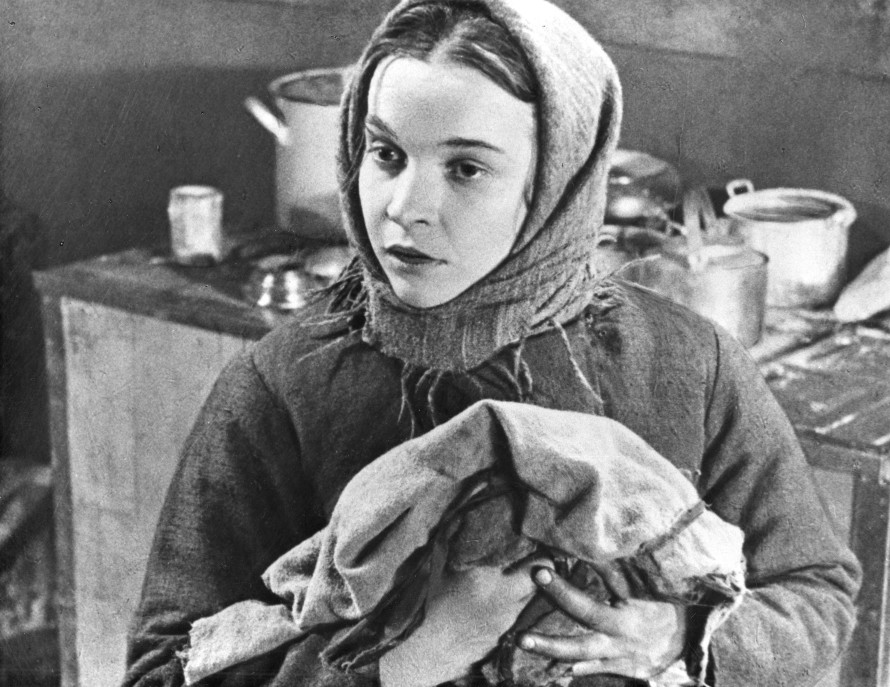
Dom na Trubnoi (The House on Trubnaya), D: Boris Barnet, USSR 1928
Can the relocation of the revolution to Mars perhaps be seen as a kind of cryptic commentary on political and historical reality in Russia – comparable, perhaps, with Wiene’s The Cabinet of Dr. Caligari?
I’m sure there are commentaries to this effect. For example, if you study Boris Barnet, who is well-known as the director of “light” films, you discover, for instance, the film Dom na Trubnoi (The House on Trubnaya), which is full of allusions to the constraints prevailing in Soviet everyday life. Barnet plays with the phenomenon of the “New Rich”, who emerged in the wake of the New Economic Policy, and deals with a great number of these problems in a film that is also very entertaining. The same applies to other films, too: with respect to both political developments and the conditions of everyday life. Mezhrabpom’s studio productions typically play with genres while, at the same time, steeping them in real experience.
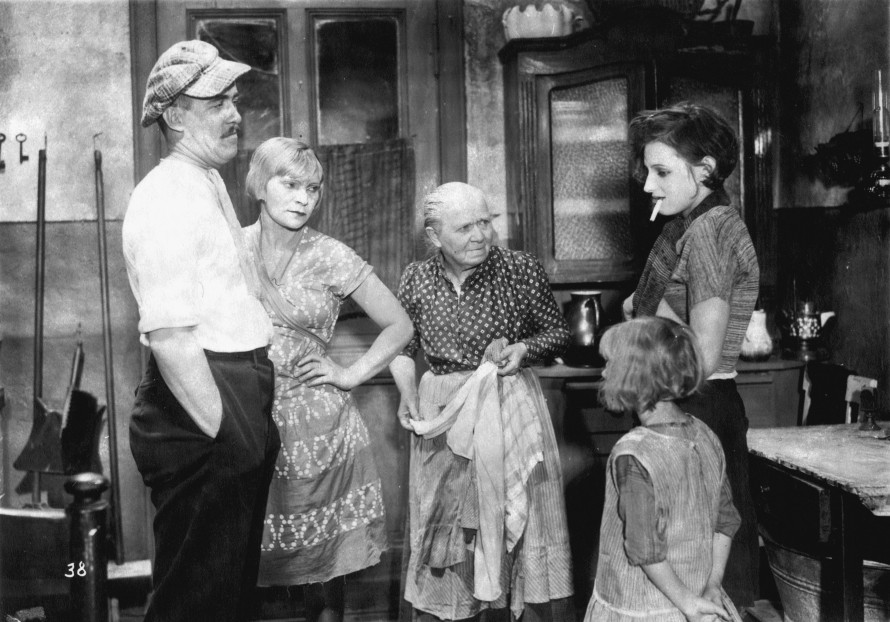
Mutter Krausens Fahrt ins Glück, D: Phil Jutzi, Germany 1929
Cinematic discoveries and remarkable contemporary documents
Did you make any unusual discoveries during the selection process – including films that are less well-known?
Many of the films will be showing in Germany for the very first time; others haven’t been screened since the 1930s. As far as the documentaries and animated films are concerned, we have discovered a wide variety of different techniques and formal approaches – including some real gems, too. Solotoje osero (The Golden Lake) by Vladimir Schnejderow, a specialist in the genre of expedition films, has never been shown in Germany. Boris Barnet, who is known mainly for his popular works, also made a very propagandist film – Ledolom (Thaw) – about the Kulaks, which comes across as highly inflammatory these days. Despite this, it remains very impressive in its use of formal means. Works such as Slutschajnaja wstretscha (Accidental Meeting) by Sawtschenko, and the silent version of Piscator’s Wosstanije rybakow, whose imagery is much clearer and his story development far more convincing than they are in the sound version, are incredible discoveries. We have tried to combine masterpieces that have written film history – such as Konets Sankt-Peterburga and Potomok chingis-chana (Storm Over Asia) – and films that have faded into oblivion, mainly due to the very specific export policy that was applied at the time.
Prometheus-Film acted in Germany as a distributor for Mezhrabpom exports, and also produced independent films such as Kuhle Wampe oder Wem gehört die Welt? (Kuhle Wampe or Who Owns the World?) and Mutter Krausens Fahrt ins Glück (Mother Krausen’s Journey to Happiness). Both Bronenosez Potjomkin and Kuhle Wampe were censored, because the German film censorship board was already in the hands of the Deutschnationale (German nationalists). Problems arose from time to time not only in the sphere of distribution but also in that of production: In contrast to American big business, European film sponsors tended to show restraint. Most of them were also among the better-off and had no interest in supporting social-revolutionary projects. What kind of problems did the film industry face?
In the Soviet Union, realising films was no great problem until around the early 1930s. And despite the economic problems, the ideological pressure exercised by the party was not as great as it would be later on. Film production in Germany, in contrast, suffered more from financial constraints, owing to a lack of support from the big film companies. Consequently, far fewer films were actually made.
Did Prometheus Film serve as a counter-model, as it were, to the right-wing conservative UFA, which later supported the National Socialists’ propaganda campaign?
Prometheus-Film viewed itself as a production company with an ideological position and was, as such, a counter-model to everyone else operating in the film sector at the time. It did not have the kind of capital basis that the UFA and the medium-sized production companies of the Weimar Republic, such as Tobis Tonbild-Syndikat and Terra Film, were able to draw on.
How would you describe the ideological objectives? What impact do the content and the formal-aesthetic levels have on the material?
I don’t think there was a uniform line or message, for the simple fact that ideological tendencies in the Soviet Union went through a lot of ups and downs between 1923 and 1936. However, it is quite obvious that these films arose in a dictatorship and in an ideologically charged discourse. Even so, there was no consistency here. In general, films were supposed to reach an audience and showed ambivalences; they arose in different contexts that were changing all the time. These productions were seen by their respective authors in the context of the Communist International and the development of the young Soviet Union, although they cannot be reduced to this function alone. They are interesting from a formal standpoint because they forge new paths; and we sometimes find them exciting because they capture the reality of the early days.
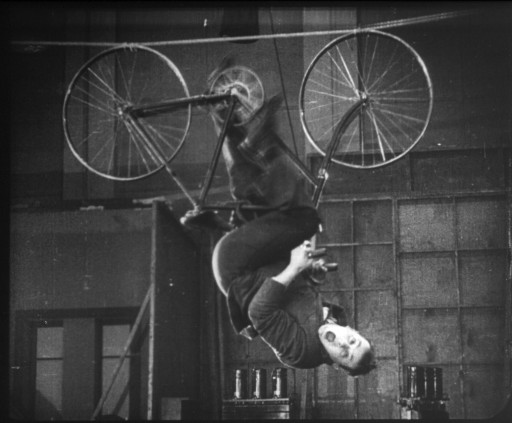
Pozelui Meri Pikford (The Kiss of Mary Pickford), D: Sergej Komarow, USSR 1927
What aesthetic innovations did the films inspire, especially with regard to sound films, which were just beginning to appear at the time?
In Europe and the United States, the invention of the sound film was marked by disputes over patents for competing systems. Film-makers in the Soviet Union drew (and had to draw) the consequences: they went their own way and developed their own sound system in order to remain independent of international patents. The first sound film Putjowka w schisn (The Road to Life) by Nikolai Ekk deals with the joy in experimenting and reveals the new opportunities presented by sound. The same applies to many of the early talkies, such as King Vidor’s Our Daily Bread (USA), the sound-film operettas made in Germany, musicals, and the films by René Clair and Jean Renoir, which explored the greater freedoms in a way that was innovative and sometimes ironic. Sound began to play an independent role.
In feature films such as Ekk’s Putjowka w schisn, this development leads the autonomisation of this form of expression: in certain scenes, the sound is so dominant in relation to what we are experiencing that we perceive it as an artistic means, as a transporter of aesthetic content.
How did audiences react at the time? Kuhle Wampe was banned by the film censorship board in 1932.
Both Kuhle Wampe, notable for the collaboration between Brecht and Eisler, and Mutter Krausens Fahrt ins Glück, choose subjects that clearly identify the problems facing Germany at the time: the world economic crisis, the impoverishment, and the sense of hopelessness in the face of mass unemployment. They are attempts to respond to this explosive social situation with cinematic means. And for this reason they are also agitation films and intended as such.
Aims of the 2012 Retrospective
The term propaganda film has very negative connotations. Is it possible nowadays, with a certain historical distance, to approach these films with fewer inhibitions? And is it even conceivable that they are still relevant to us today? What kind of discussion would the coming Retrospective like to stimulate?
Basically we hope that we can give people an opportunity to see films that have hardly been shown for decades and have also faded into oblivion in Russia – especially after Mezhrabpom was liquidated by the Stalinist dictatorship in 1936. The history and aesthetics of these films will be reappraised in detail (by Russian and German authors) in the extensive publication accompanying the Retrospective. These studies will be supplemented by historical documents, countless unpublished photos, contemporary film posters and a complete filmography. We should like to present the diversity of productions in a way that is transparent both from the perspective of a film viewer, who discovers a light-entertainment film, and the cineast who suddenly becomes aware of the diversity of genres. It is impressive the way the Mezhrabpom studio endeavoured - with the modest means of a country that was experiencing upheavals and still suffering from the consequences of a civil war - to explore all the means available to film and to advance its aesthetic development.